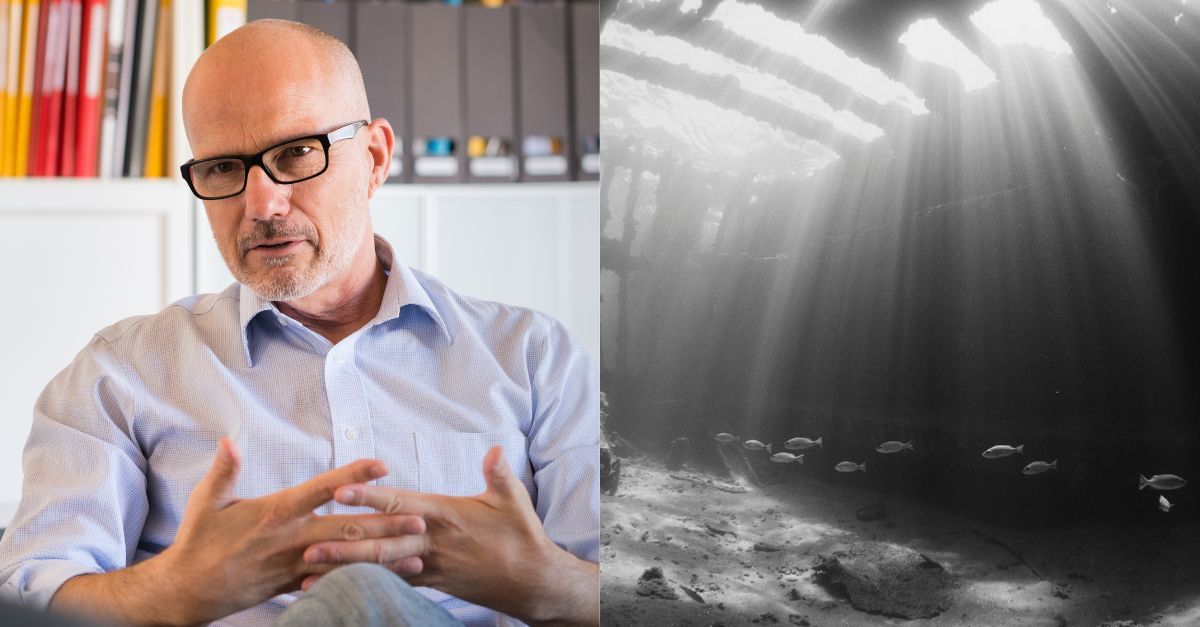A psychiatrist has offered a terrifying insight into the OceanGate sub-vessel.
They’ve described the ‘hell’ the passengers on board will be going through.
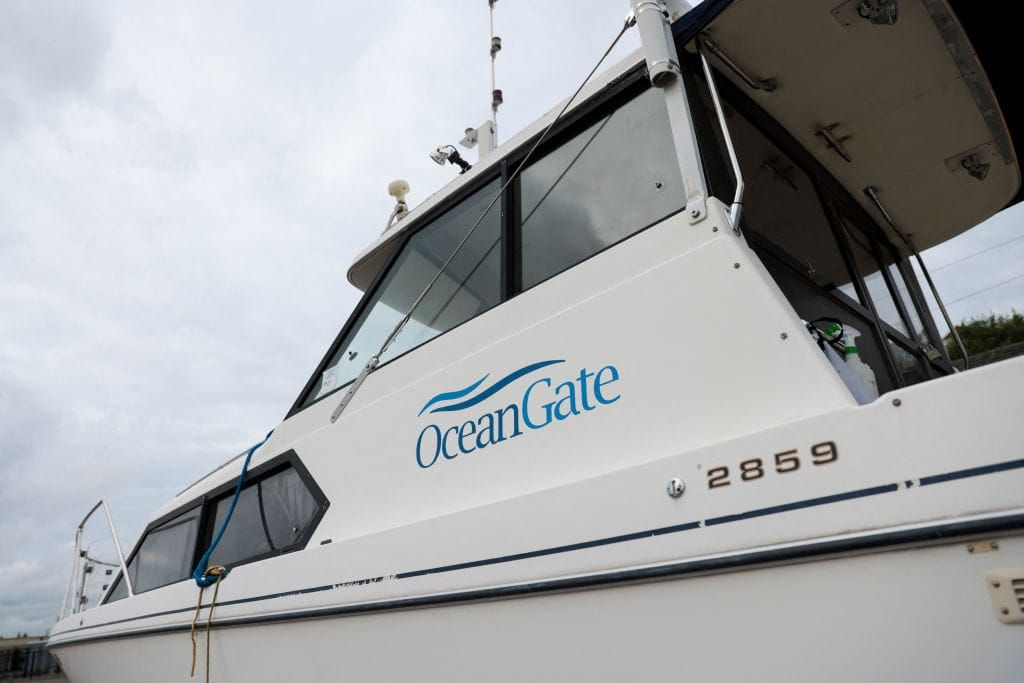
“The more I hear about this the more I’m beginning to think that the organizer is some sort of evil genius who hates rich people and planned this all along,” one commenter wrote.
What he shared painted a horrific picture of what things are looking like in the vessel.
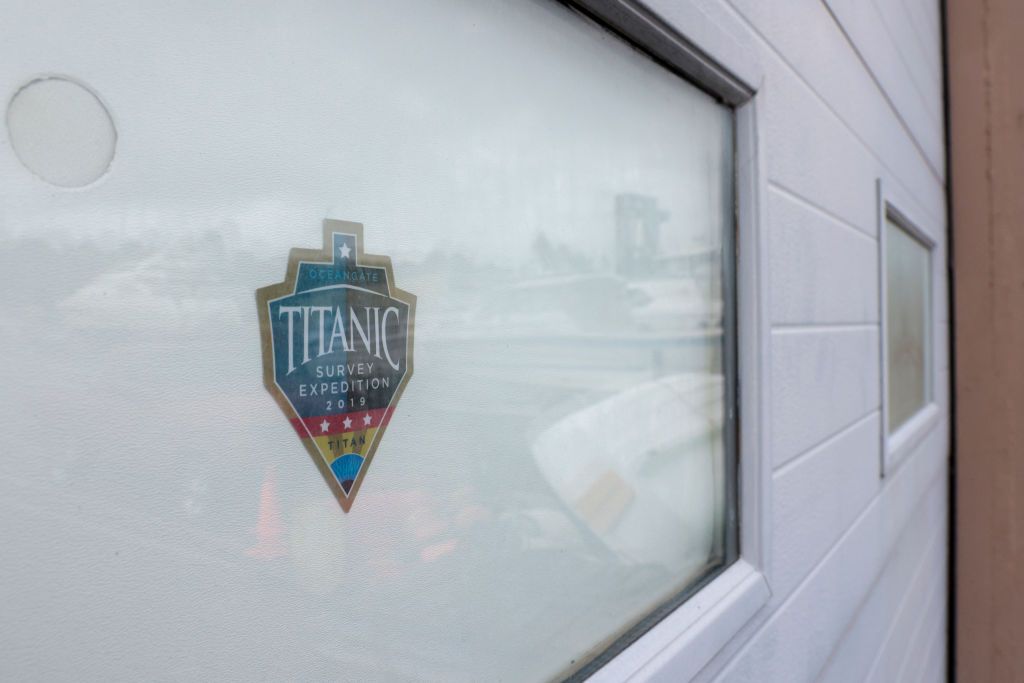
With some details that have given us chills.
The whole situation has left the internet terrified…
“Just like all the wealthy people onboard Titanic. Your money means nothing when it comes down to it. Hope they’re found safe,” wrote one commenter.
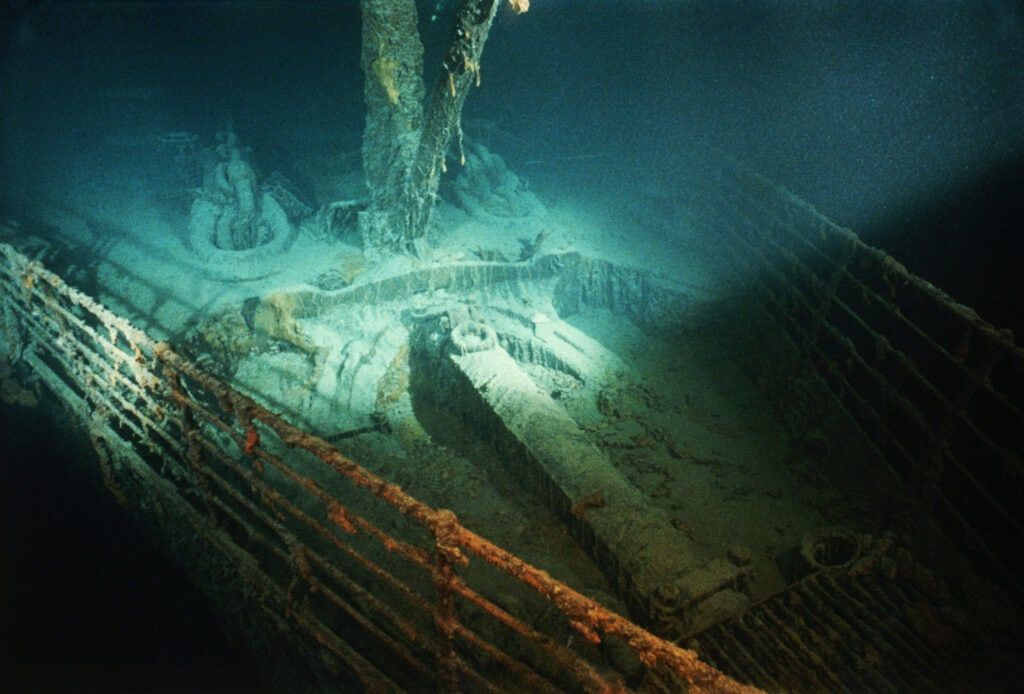
“I think the Titanic has claimed enough lives…..let her rest in peace…” added another.
“This has given me the most claustrophobia ever,” another confirmed.
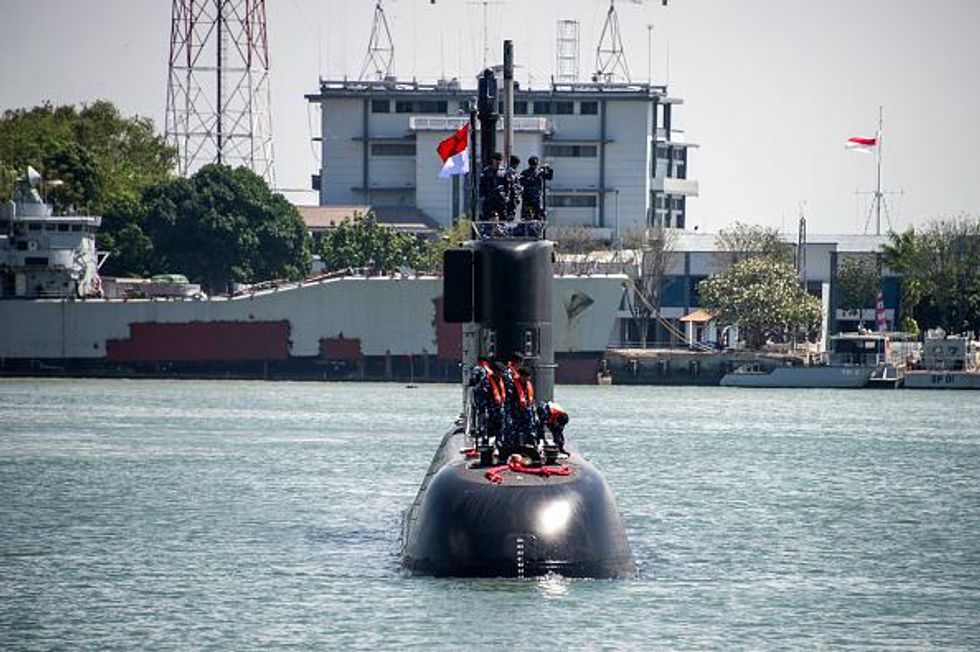
“I would never set foot in here,” another agreed.
The ill-fated submersible, operated by OceanGate Expeditions, was intended to provide tourists with an extraordinary opportunity to view the famous Titanic wreckage at a depth of 12,500 feet off the coast of Newfoundland, Canada.
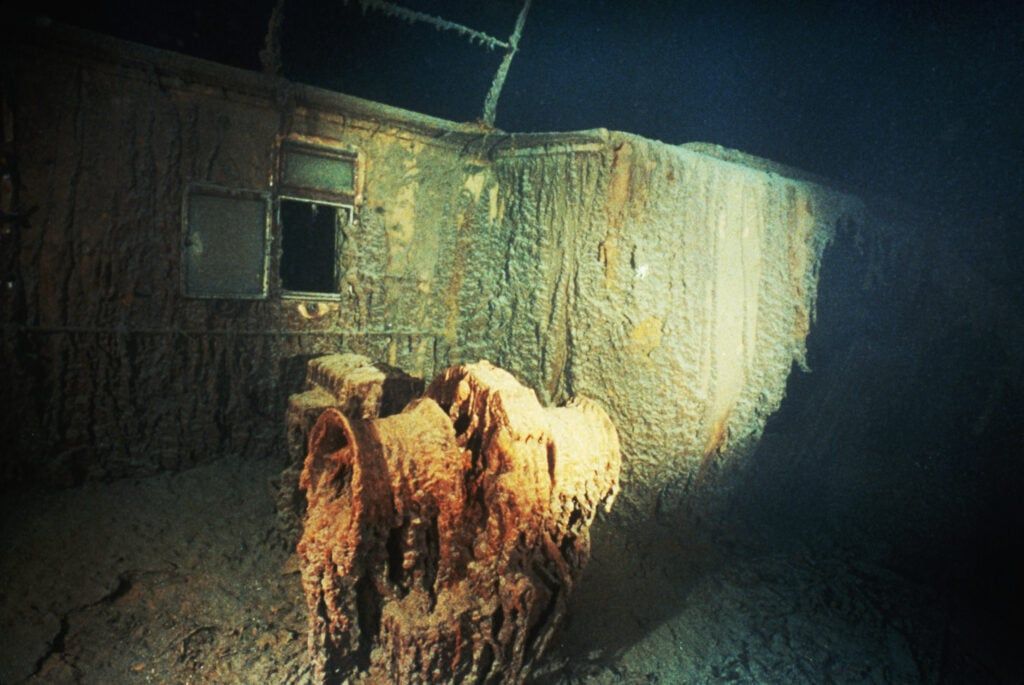
The vessel, incapable of submerging and returning to port on its own, was reported missing after failing to return to its support ship on time.
Coast Guard crews initiated a search and rescue mission with a narrow window of 70 to 96 hours to locate and rescue the five occupants before the submersible’s oxygen supply runs out.
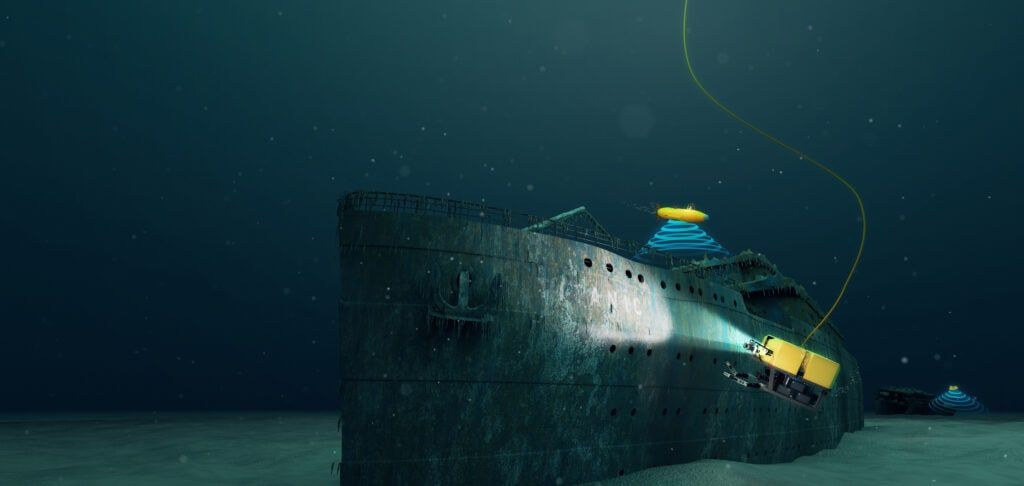
The search efforts focus on an area approximately 900 miles off the coast of Cape Cod, where the depth of roughly 13,000 feet presents an unprecedented challenge.
Experts have noted the limited number of crafts capable of reaching such depths and the difficulties associated with attaching and towing the submersible to the surface.
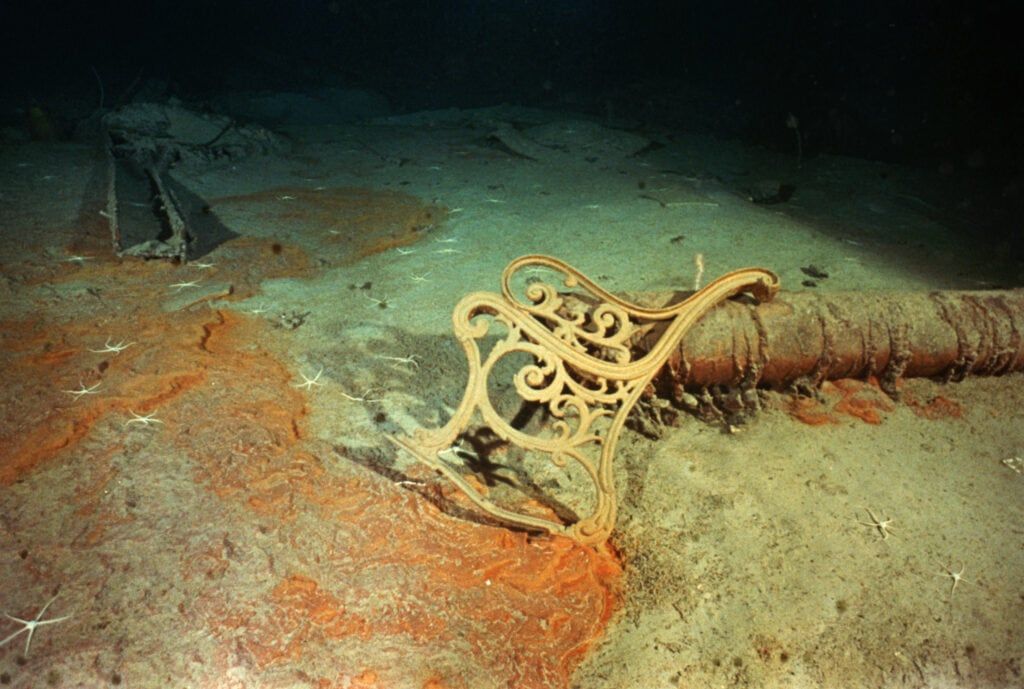
Authorities are coordinating a multi-faceted search operation, utilizing both aircraft and ships.
And now, there’s been a major development.
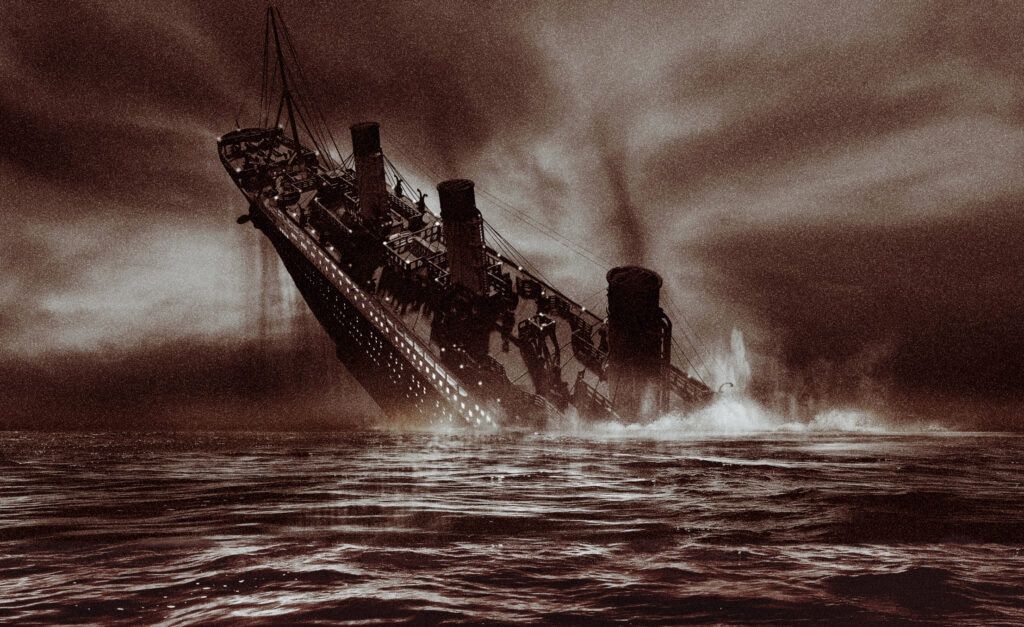
Including the views of a forensic psychologist.
The big-budget retelling of the 1912 tragedy took viewers by storm – not least because of the iconic performances by Kate and Leo.

It’s truly the movie that keeps on giving.
But this ongoing fascination has led to tragedy.
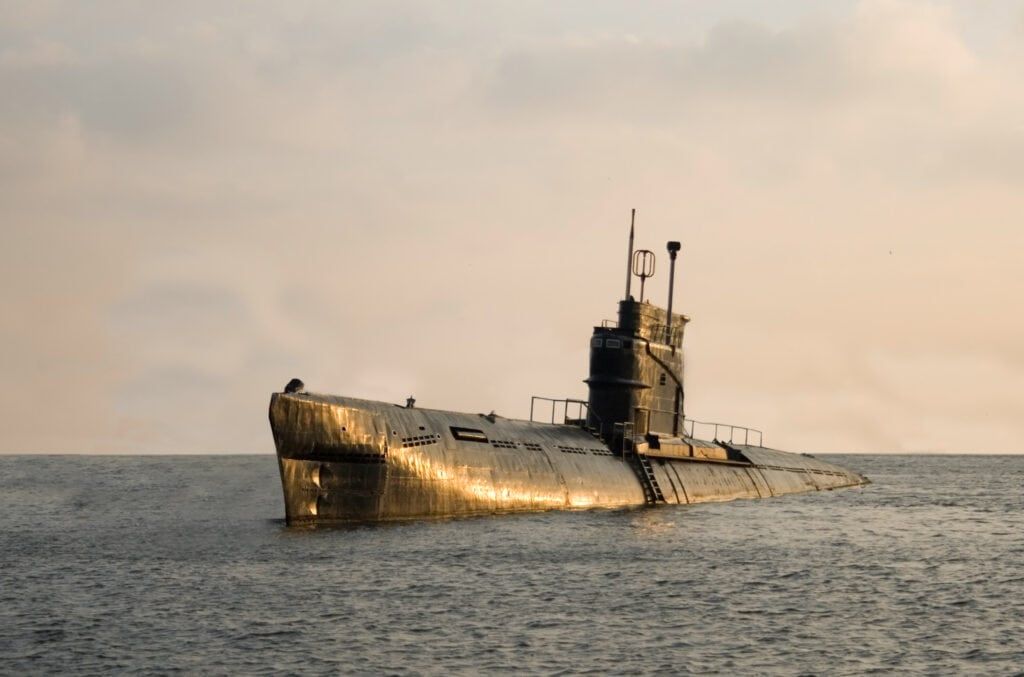
As a submarine filled with fans looking to explore the wreckage has now gone missing.
And now, there’s been an update.
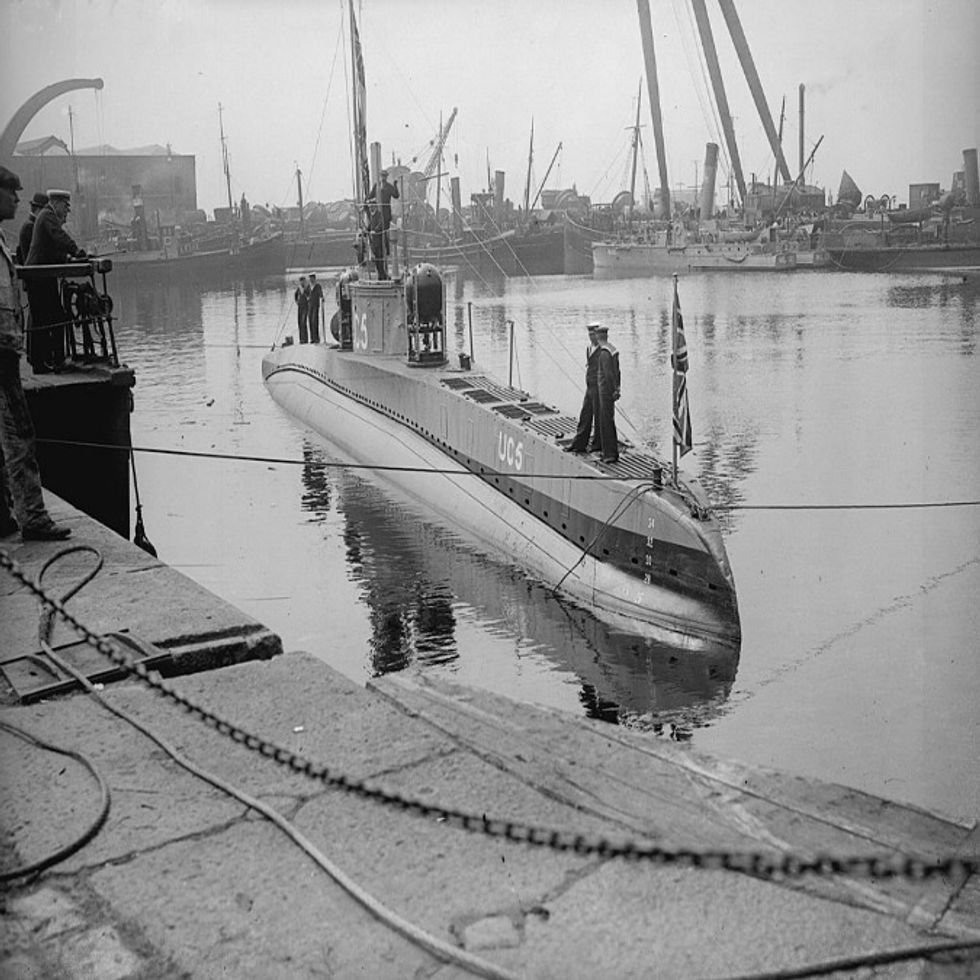
A forensic psychologist has shared what is likely going on within the vessel.
Debuting in 1997, Titanic is still one of the biggest movies of all time.

It won a whopping eleven Academy Awards (including the coveted Best Picture) and is still way up there in terms of the highest-grossing movies ever.
Kate Winslet and Leonardo DiCaprio were perfectly cast as young lovers.

Rose DeWitt Bukater and Jack Dawson, who came from different worlds but were perfect together.
The CGI is impressive.

Especially when you consider the fact that the movie came out in 1997; the way that the filmmakers brought the sinking of the Titanic to life was truly spectacular.
But did you know there was on major critic of the movie?

Neil DeGrasse Tyson. In the original cut of the movie, Kate Winslet lies back on her floating door and gazes at the stars – which are Tyson’s specialist subject, after all.
But there was one major problem!

The stars that she sees would not be visible based on where the Titanic sank. Tyson wrote to Cameron to let him know – and it bothered him so much that he actually changed the sky in the 2012 3D release.
Plus, did you know …

In the movie, one truly heartbreaking scene shows two older passengers settling down into bed, resigned to their fate as their room fills up with water.
These two characters were actually based on real people!

Isidor Straus (plus wife Ida) co-owned famous department store, Macy’s. The pair both really died on the RMS Titanic, too.
We all remember the iconic drawing, by Leo’s character Jack.

But in real life? It was actually drawn by director, James Cameron. It’s now one of the most coveted props in film history, with a value of $16,000 when it was last sold.
The movie was respected for its attention to detail.
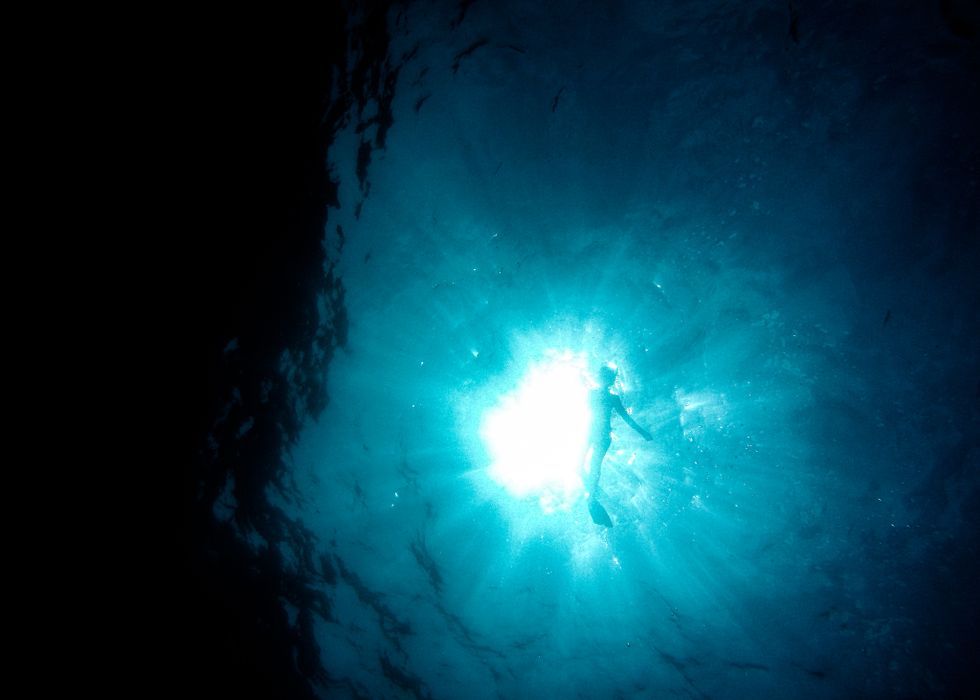
And it was recently revealed that there was a very good reason for this. James Cameron was so particular about capturing the right feel that he actually descended to the wreckage multiple times.
He was there a lot.
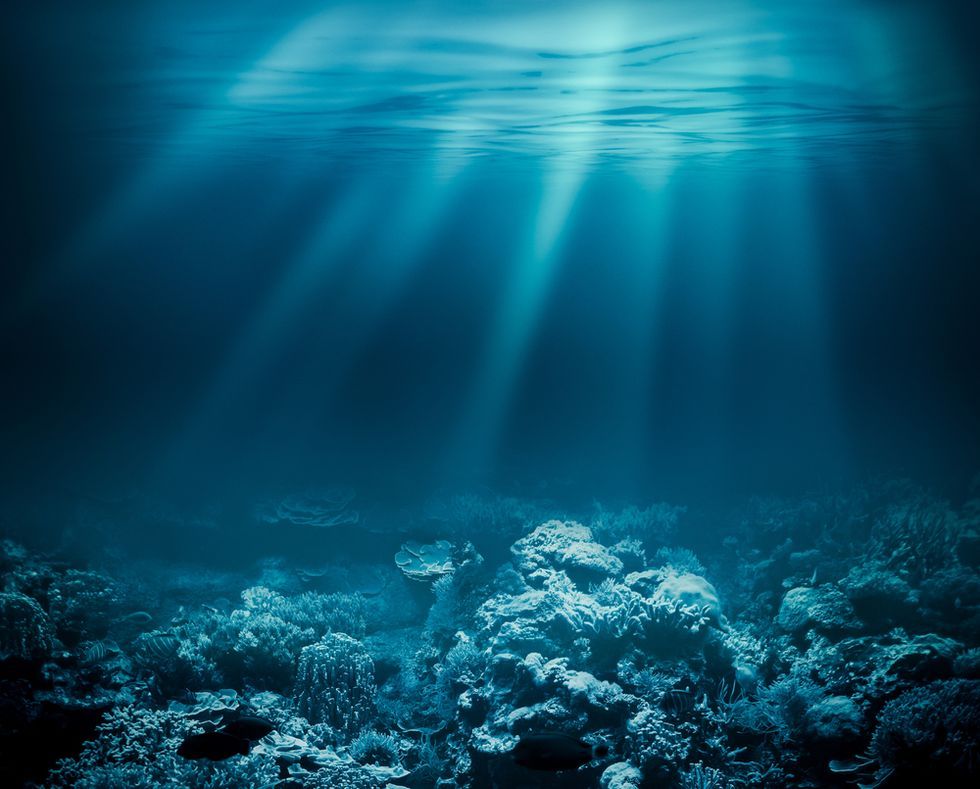
And we mean a lot. It was actually revealed that Cameron spent more time on the wreckage than any passenger did on the actual ship.
We all know that Titanic was a pricey movie to make.

But have you ever considered exactly how much the movie cost? Because one fan did the math.
Titanic famously cost over $200 million.

The final cut stands at just over three hours – 195 minutes, to be exact. That works out at over a million dollars per minute of screen time. Wowza.
Researchers from the White Star Company were on hand to offer particular insight into the interior design of the famous ship.
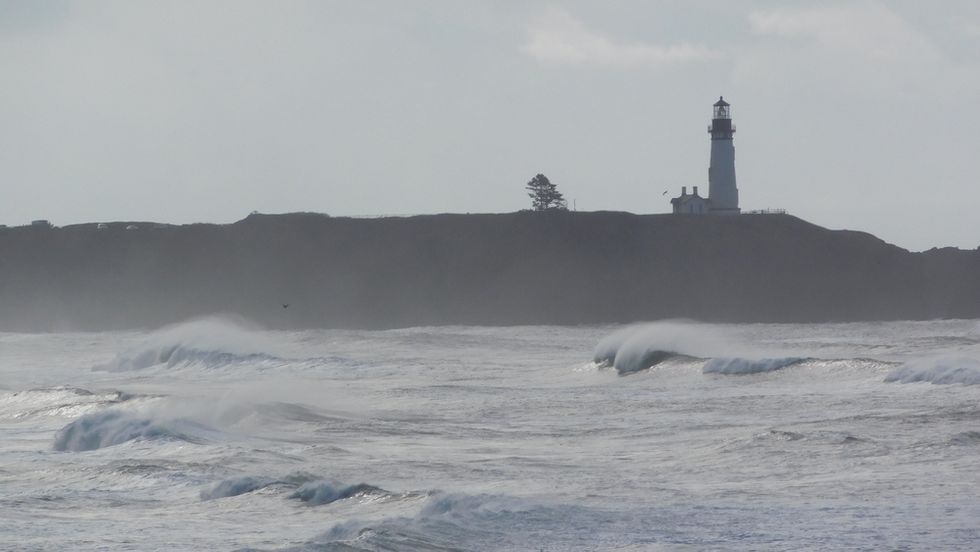
Right down to details such as the wallpaper, chandeliers, and even smaller ornaments used as props, everything is historically accurate.
Cameron was truly dedicated, ensuring that the actors were served real Beluga caviar during the dining-room scenes.

This caviar costs between a whopping $3,200 to $4,500 per pound. Now we’re starting to understand that crazy budget.
This was a white with the actors!

Jonathan Hyde, who played J Bruce Ismay, the managing director of the ship, claimed that he tasted the caviar and “made an acting decision on the spot that Ismay was a big eater.”
Leonardo di Caprio was shot to fame by the movie.

But, according to one of his body doubles on the set, he categorically did not covet the attention.
He mostly kept to himself!

He would apparently bring his pet lizard (ingeniously named Blizzard) to set most days, and spent hours playing with the creature.
Oh, and speaking of DiCaprio…

The happy-go-lucky, rough-around-the-edges personality of Jack Dawson sparked the romantic awakening of many girls (and boys) around the world.
He was made for the role!

The iconic “king of the world” line that Jack shrieks upon boarding the boat? It was actually straight off the top of DiCaprio’s head!
With a budget as big as the Titanic’s, you’d expect the catering to be pretty incredible.

But on one of the final days of shooting, crew members took things to the next level.
On set in Nova-Scotia, the cast and crew were served clam chowder – with an extra special ingredient.
According to Vice, a batch of the soup was reportedly spiked with hallucinogenic drug, PCP.

After ingesting the narcotic, around eighty people fell ill and reported hallucinations.
Cameron wasn’t just a stickler for set details.

He was also a stickler when it came to the characters in the movie – even the ones that you never heard of or even noticed.
The extras all had names and backstories and were there for the majority of filming.

These actors were even trained in 1912 mannerisms and customs for maximum authenticity.
And did you know, Jack Dawson was actually based (loosely) on a real person?
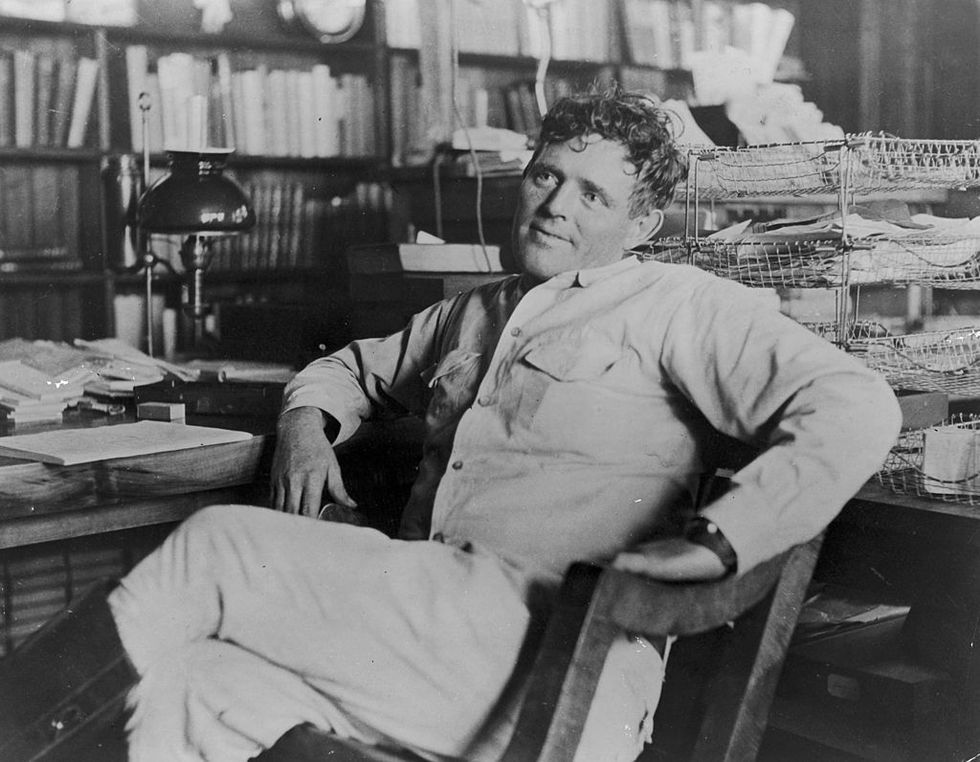
Jack London was an American novelist, known for his works, The Call of the Wild, and White Fang. He also had a similarly varied life to Dawson, taking part in the Klondike Gold Rush.
But the love for this movie has now sparked another tragedy, as a submersible operated by OceanGate Expeditions exploring the wreckage has now gone missing.
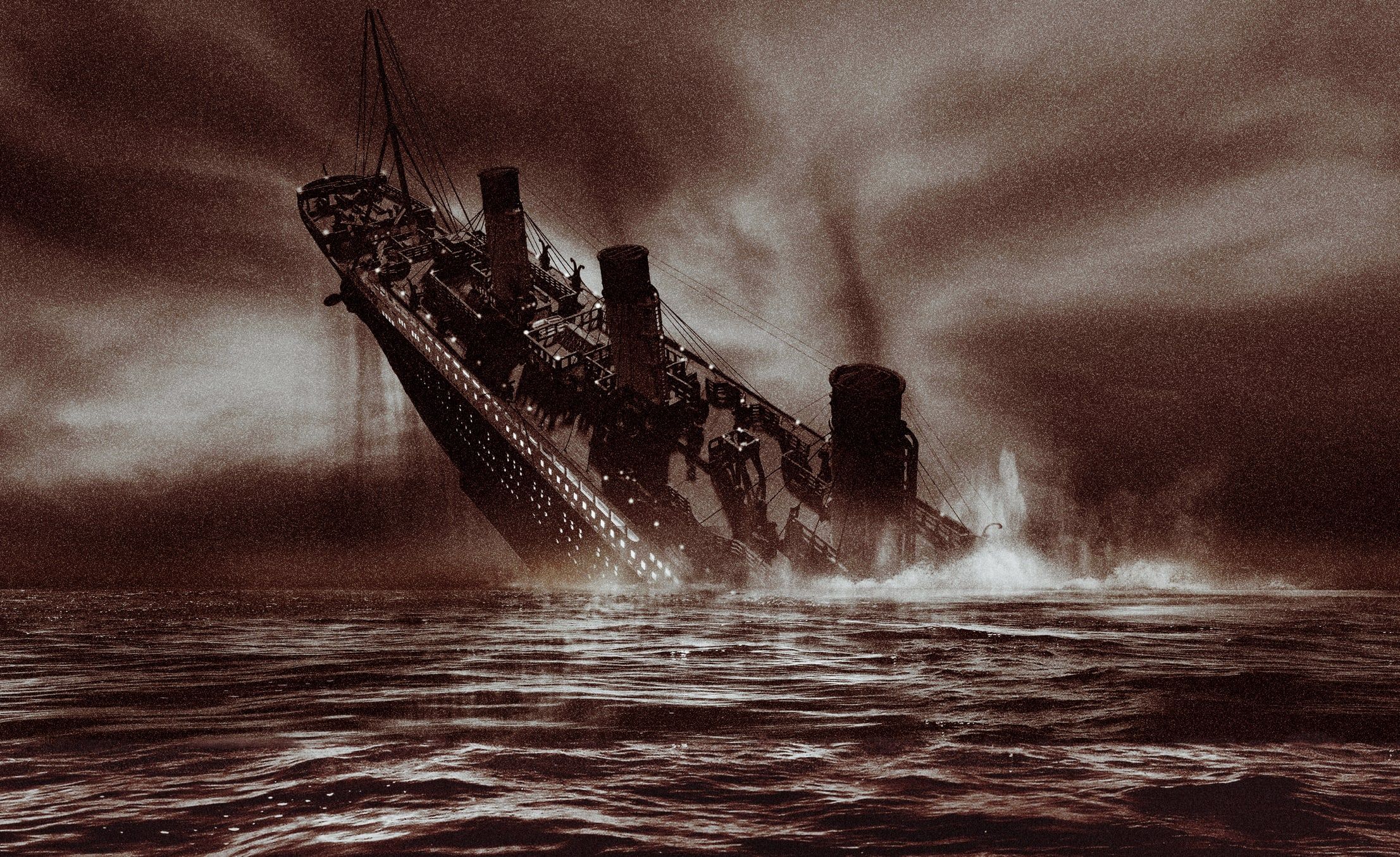
The search area is concentrated approximately 900 miles off the coast of Cape Cod, at a depth of approximately 13,000 feet, according to Coast Guard officials.
Alistair Greig, a professor of marine engineering at University College London, explained that the options become extremely limited if the submersible has settled on the seabed and cannot resurface under its own power.
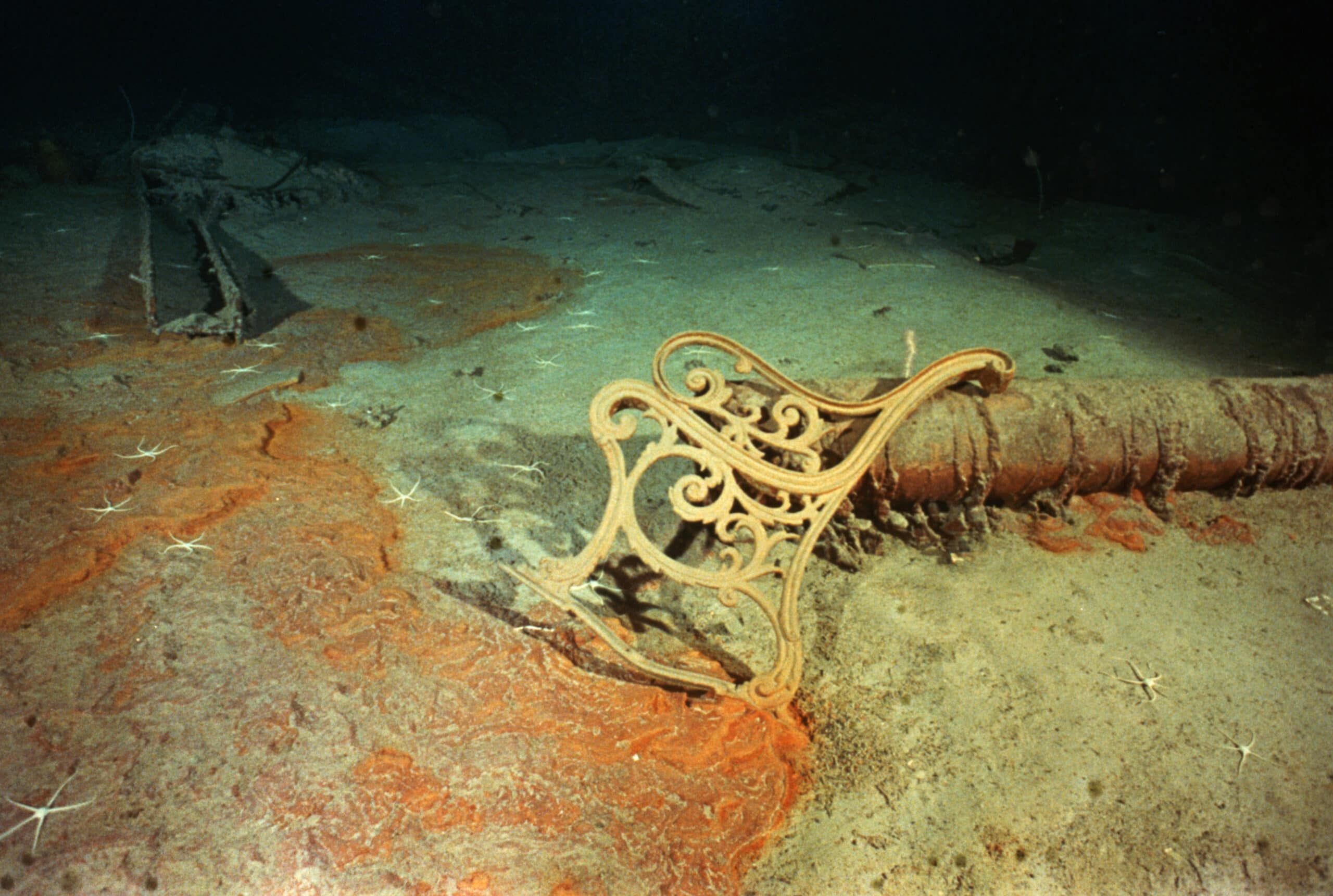
To aid in the rescue efforts, authorities are working on deploying a remotely operated vehicle capable of diving up to 20,000 feet to the location of the missing submersible, as shared by David Concannon, an advisor to OceanGate.
But it has been announced that the Coast Guard teams have a limited window to locate the missing submersible operated by OceanGate Expeditions and save the five individuals on board.
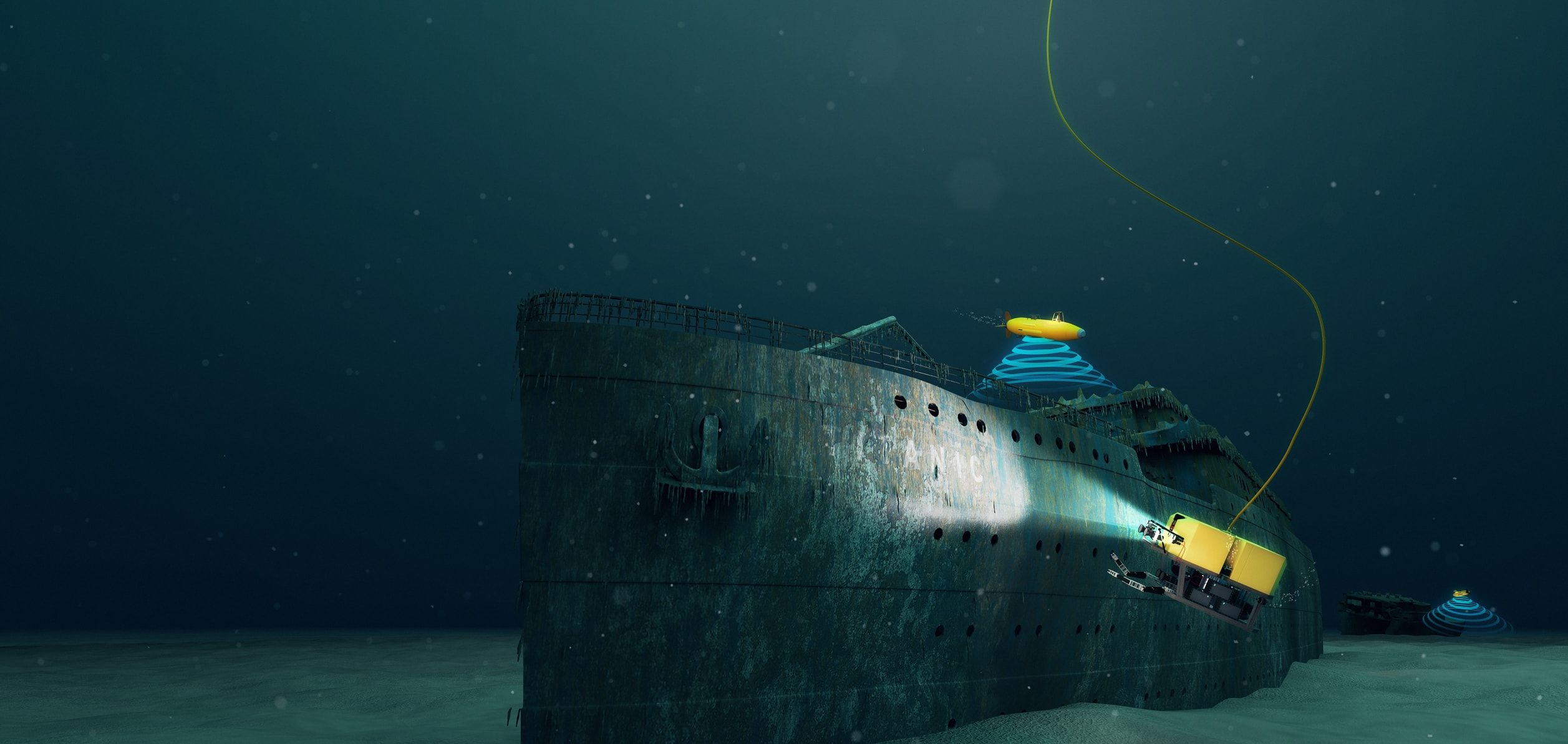
The submersible involved in this rescue operation was launched from the Canadian research ship Polar Prince on Sunday morning. Its objective was to explore the renowned ocean liner Titanic, which sank in 1912 after colliding with an iceberg.
However, communication with the submersible was lost approximately one hour and 45 minutes after it submerged, leading to its reported disappearance.
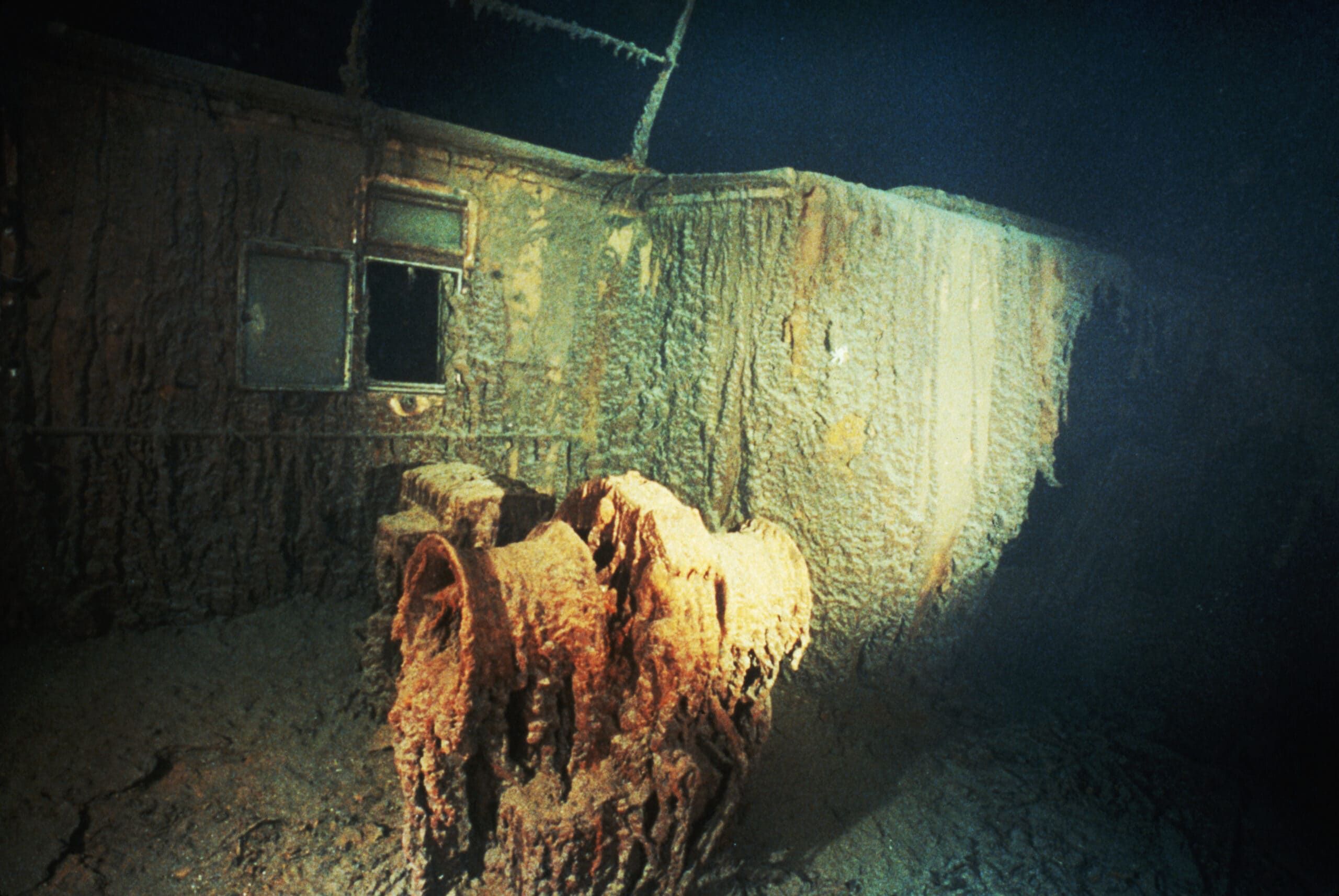
Greig explained that submersibles typically carry a drop weight, a mass that can be released in emergencies to initiate buoyancy and bring the vessel to the surface. If the missing sub deployed its drop weight, it would remain at the ocean’s surface, awaiting discovery.
Since 2019, the company has offered adventurous tourists the opportunity to explore the Titanic’s wreckage over two miles below the ocean’s surface, off the coast of Canada, at a cost of $250,000 per ticket.
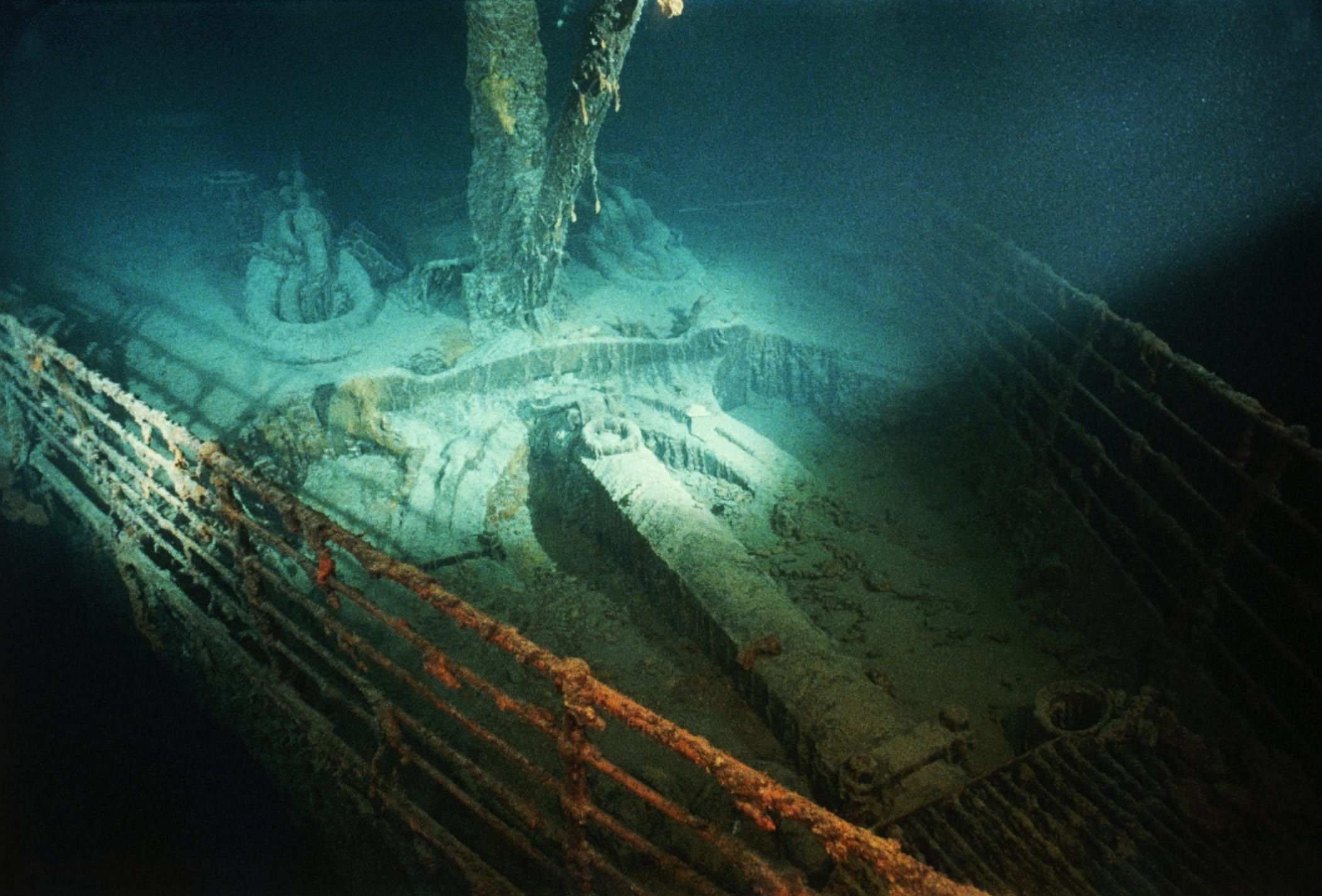
This particular voyage marked OceanGate’s third annual expedition to the Titanic wreckage site, aiming to assess its condition and deterioration over the years.
The vessel was estimated to have 76-90 hours of oxygen.
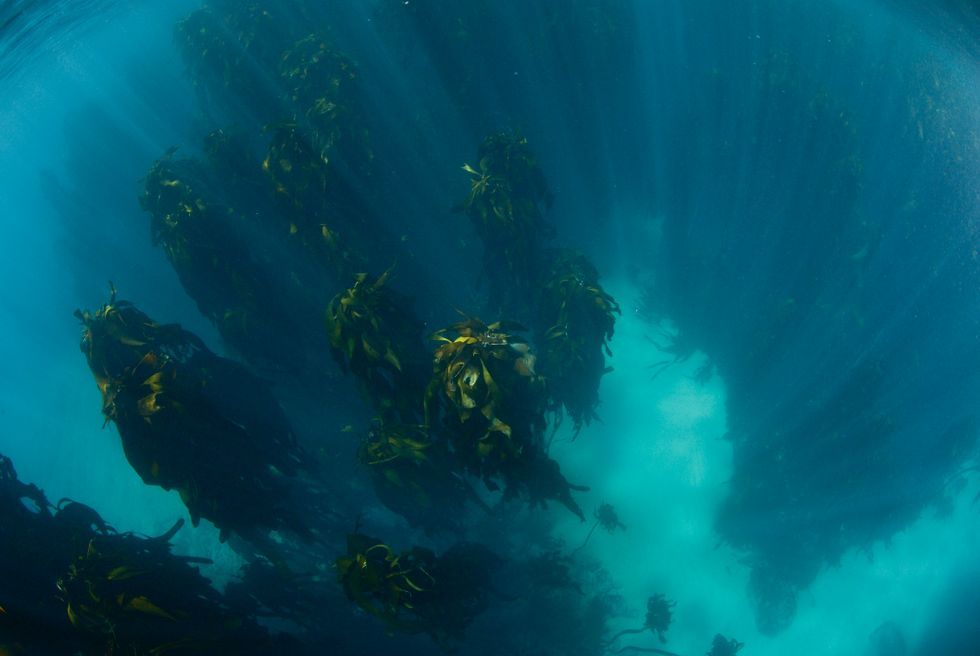
Meaning the supply will run out at 6 am BST on Thursday (June 22).
The urgency of the situation underscores the race against time to locate the vessel and ensure the safety of those aboard.
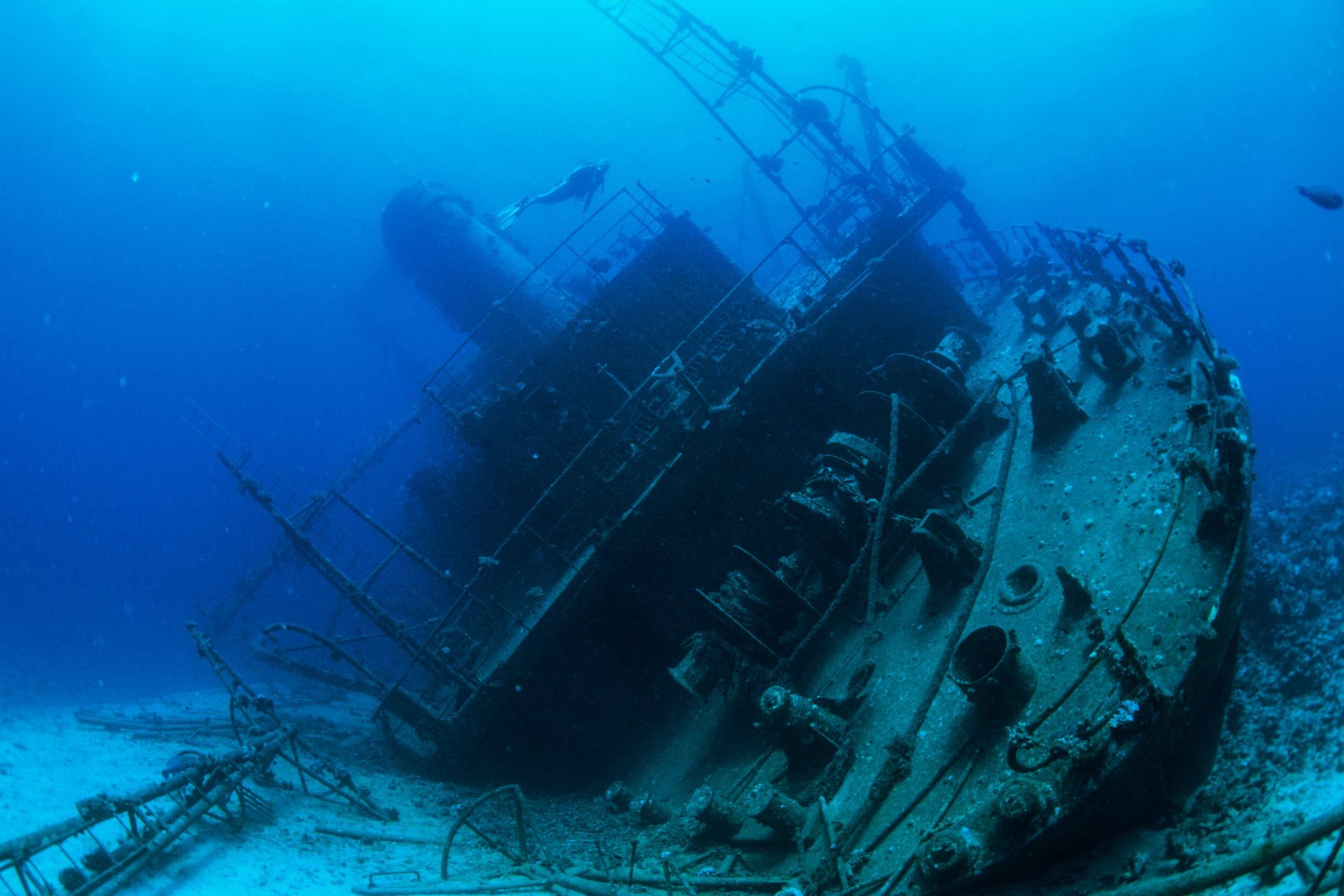
Rear Admiral John Mauger, leading the search and rescue mission, expressed the collective efforts being made to bring a successful resolution to the distressing situation.
The cooperation between the United States and Canada further reinforces the determination to locate the submersible and its passengers.
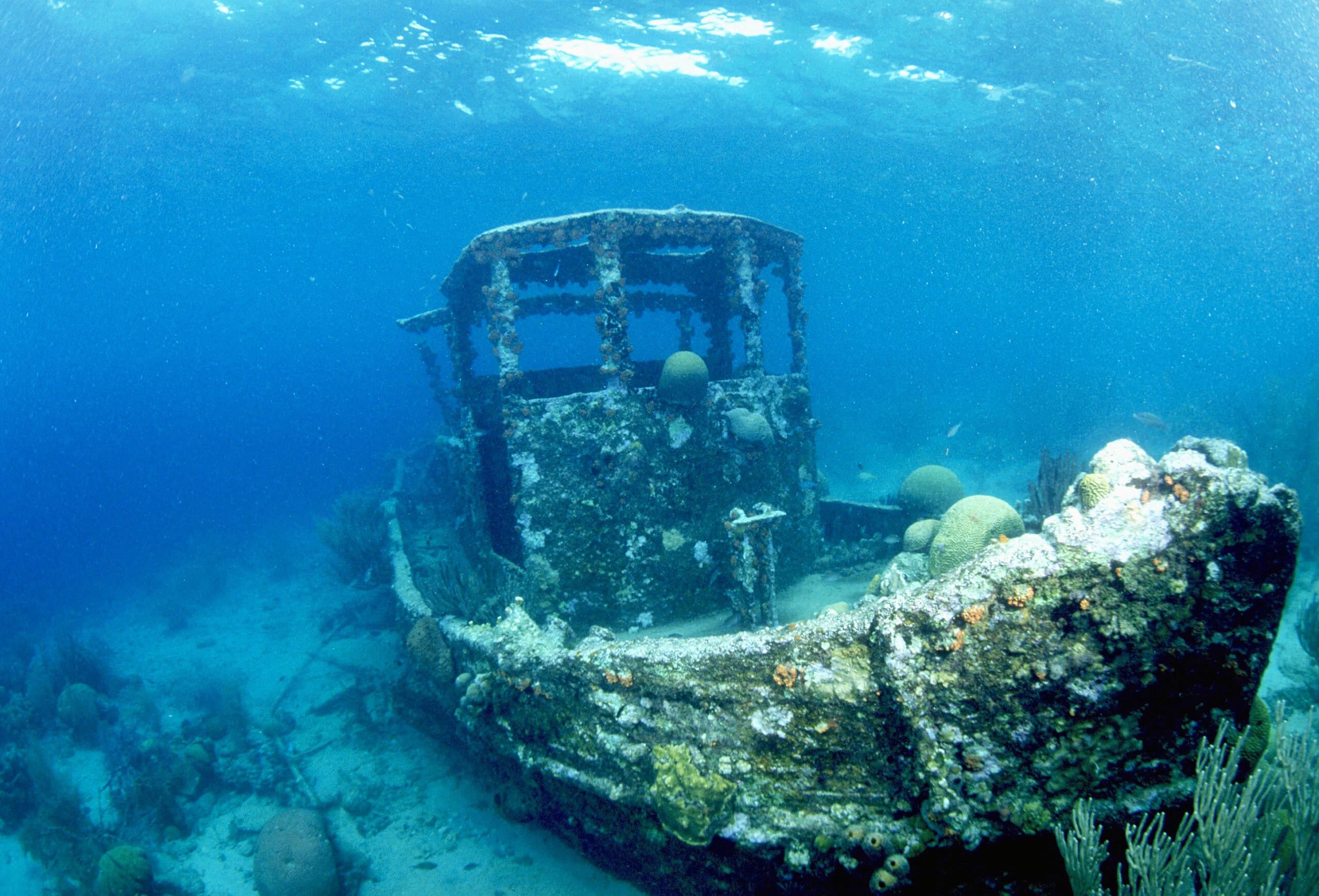
Frightening details from inside the vessel have surfaced.
Renowned world explorer Hamish Harding, a British billionaire, sent a chilling final message before vanishing on the Titanic-bound submersible that disappeared deep below the waters off Newfoundland.
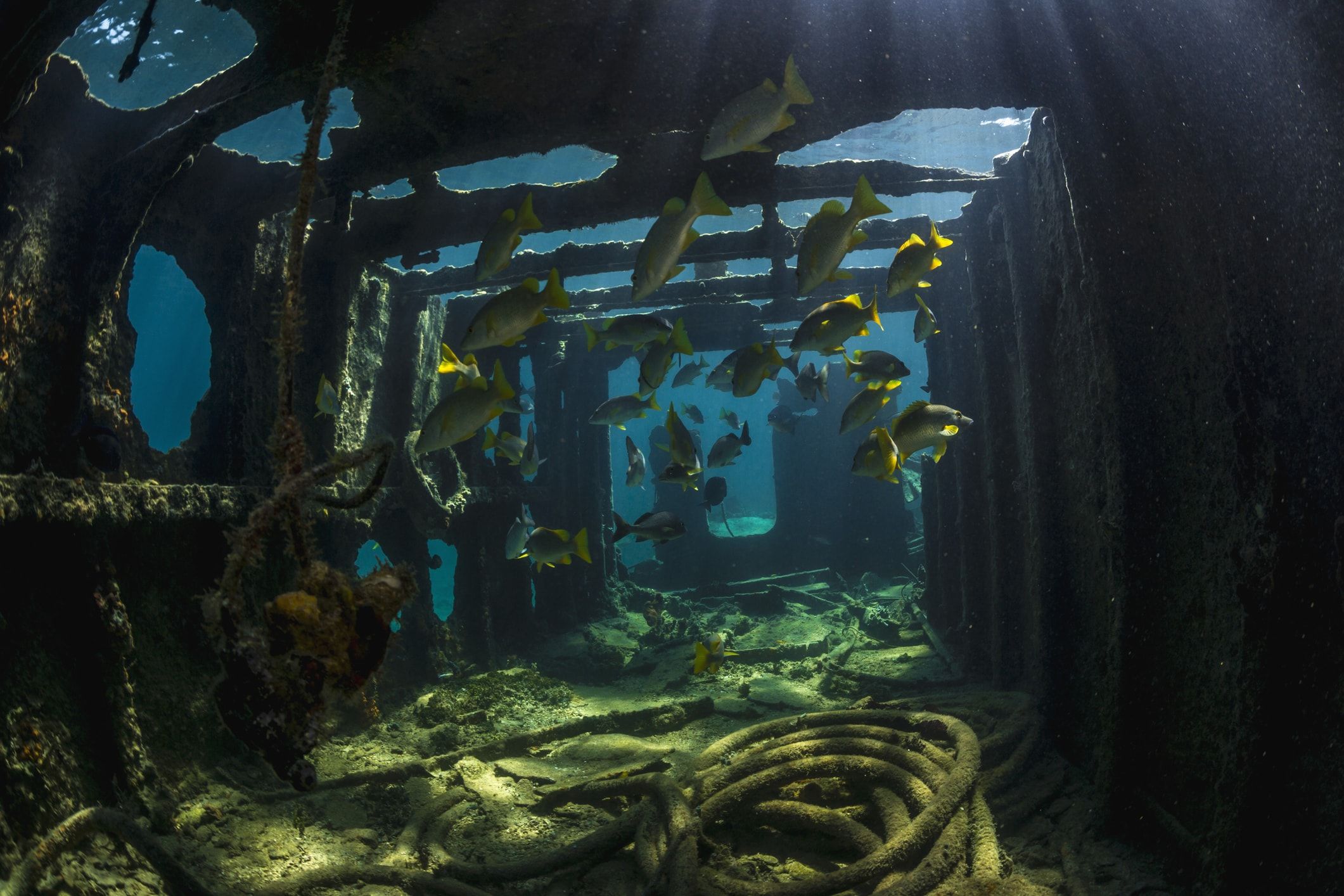
In the message, Harding mentioned the challenging weather conditions that had plagued the area leading up to the expedition.
Harding, known for his adventurous spirit, had an impressive travel resume.
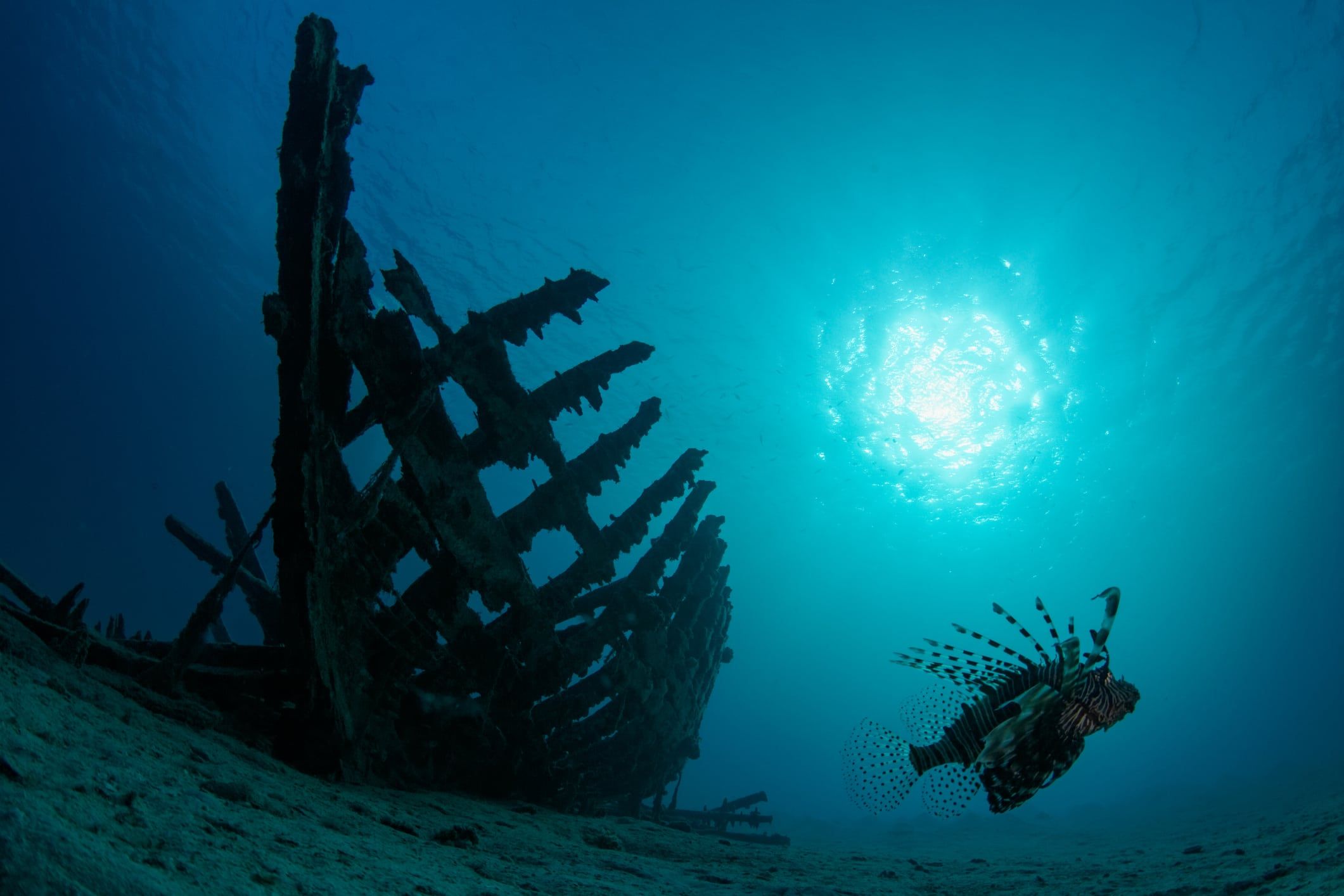
He held three Guinness World Records for his explorations. In addition, he had embarked on multiple trips to the South Pole, including one with Buzz Aldrin.
Harding was accompanied by four other individuals, including Shahzada Dawood and his son Sulaiman Dawood, two prominent businessmen from Pakistan.
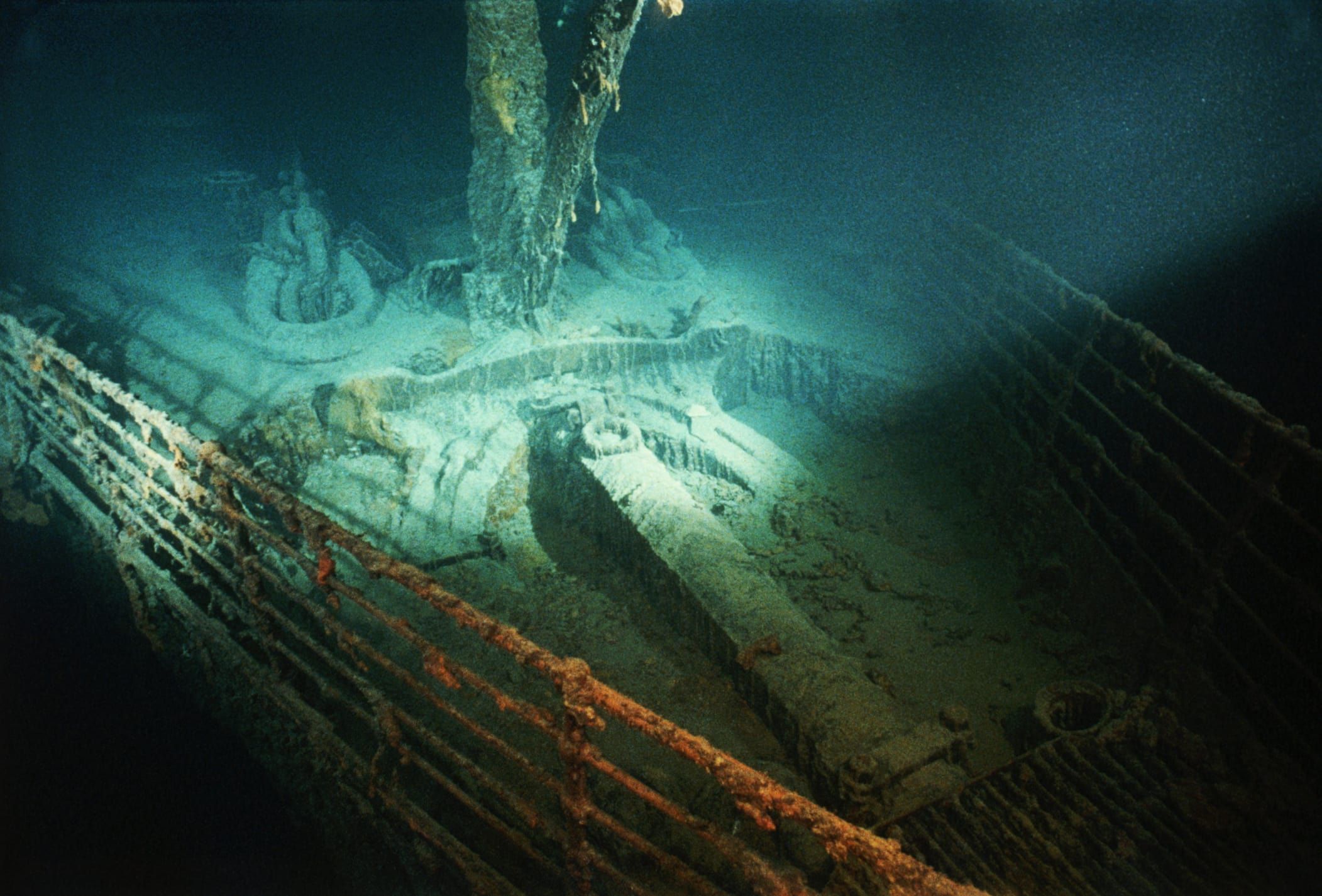
As the world anxiously awaits updates, the thoughts and hopes of many are directed towards the safe recovery of the Titanic-bound submersible and its occupants.
Terrifying images from inside the vessel have also gone viral.

People are distressed to learn the vehicle measures just 22ft x 9.2ft x 8.3ft.
You can see the haunting images right here.

There was then a significant breakthrough in the search for the missing submarine.
A remarkable discovery has been made, indicating signs of life during the search.
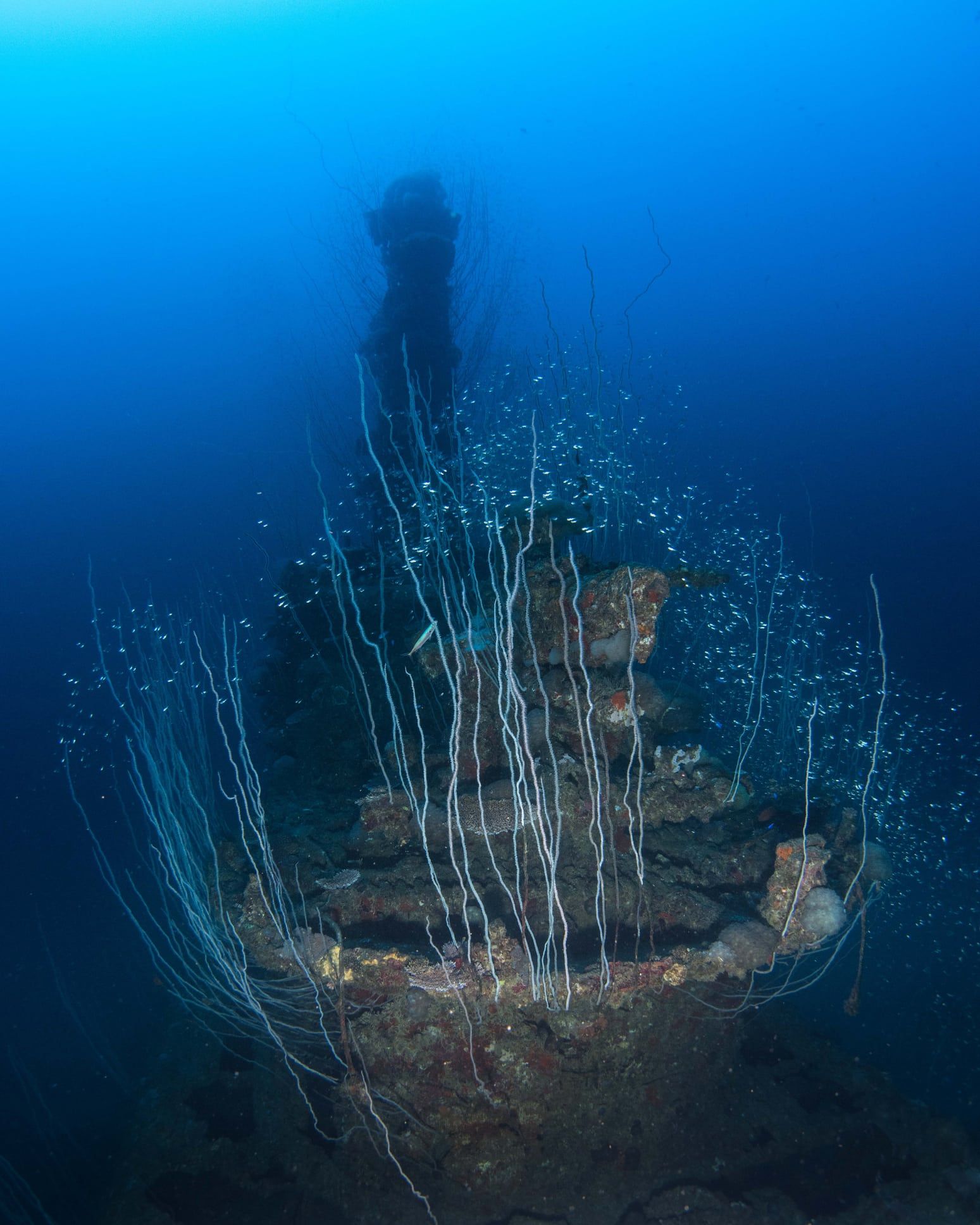
A Canadian aircraft using sonar technology has detected banging noises, raising hope that the passengers of the submarine may still be alive.
The Department of Homeland Security, in an email obtained by Rolling Stone, confirmed the following:
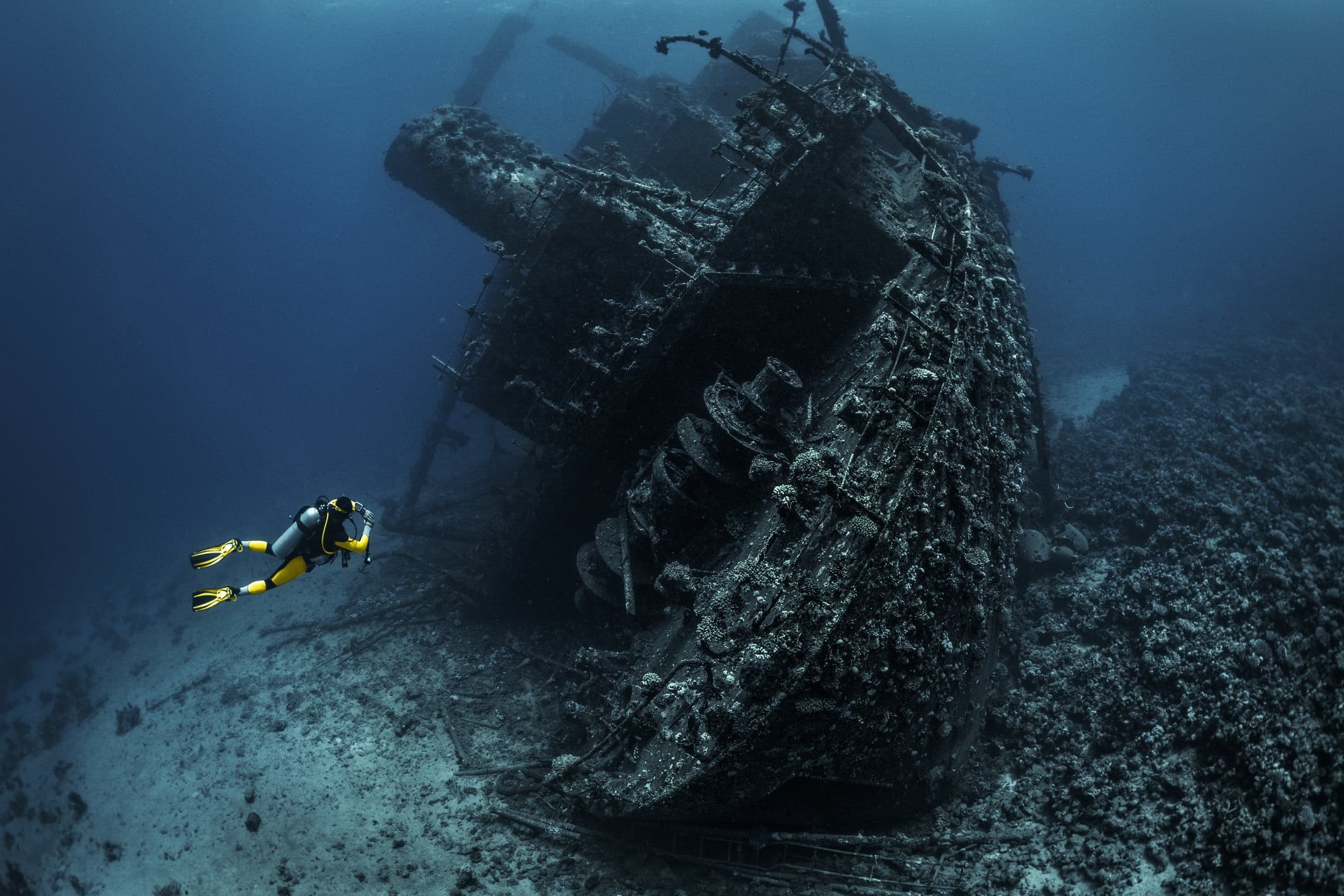
“The RCC Halifax launched a P8 Poseidon aircraft, equipped with underwater detection capabilities from the air.”
“The aircraft deployed sonobuoys, which reported a contact in close proximity to the distress position. The P8 detected banging sounds in the area at 30-minute intervals. Additional sonar was deployed four hours later, and the banging noises persisted.”
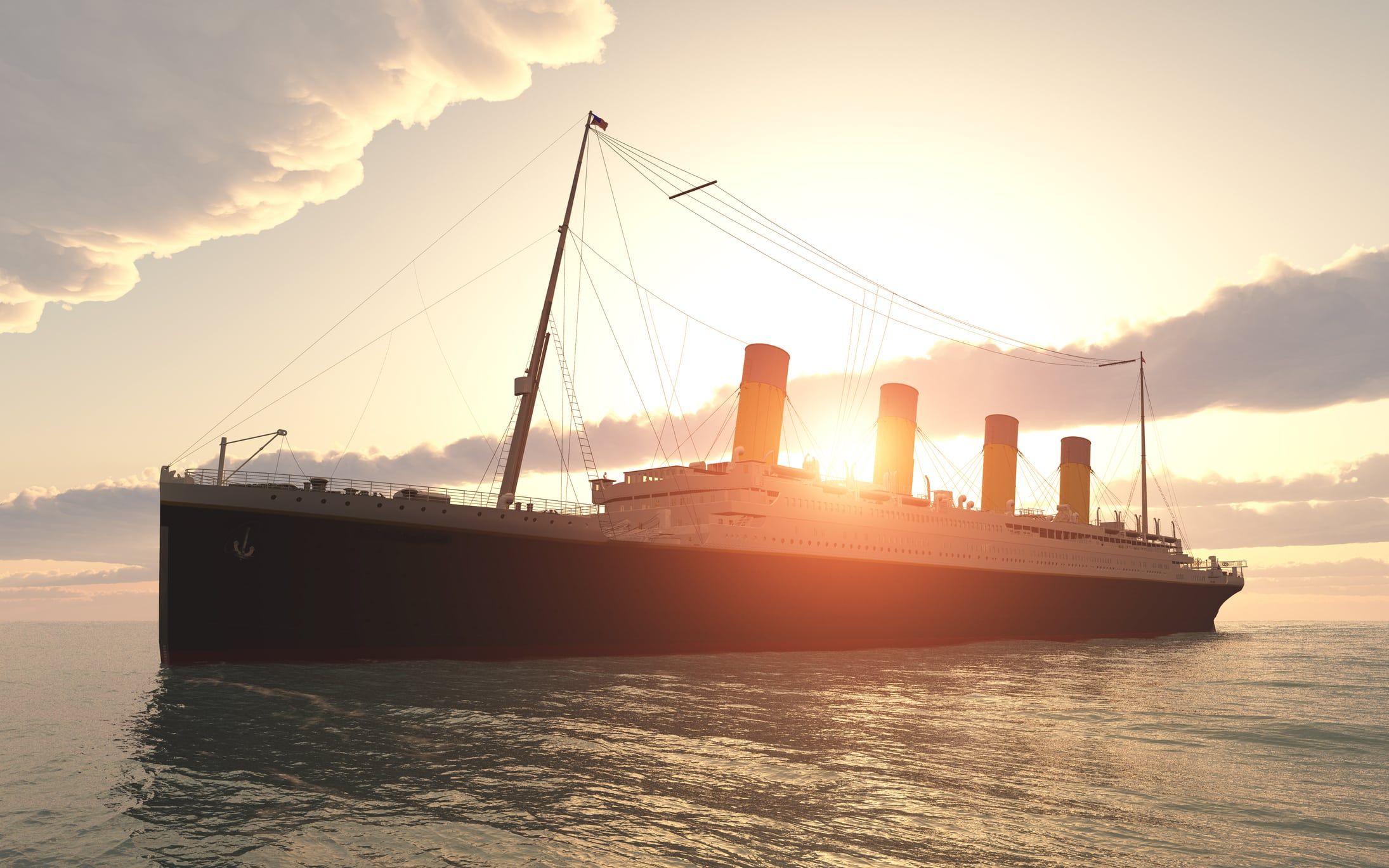
As per Bloomberg, Richard Garriot de Cayeux, the president of The Explorers Club, expressed cautious optimism, stating:
“We now have greater confidence, based on data from the field, that there is cause for hope. It appears that likely signs of life have been detected at the site.”
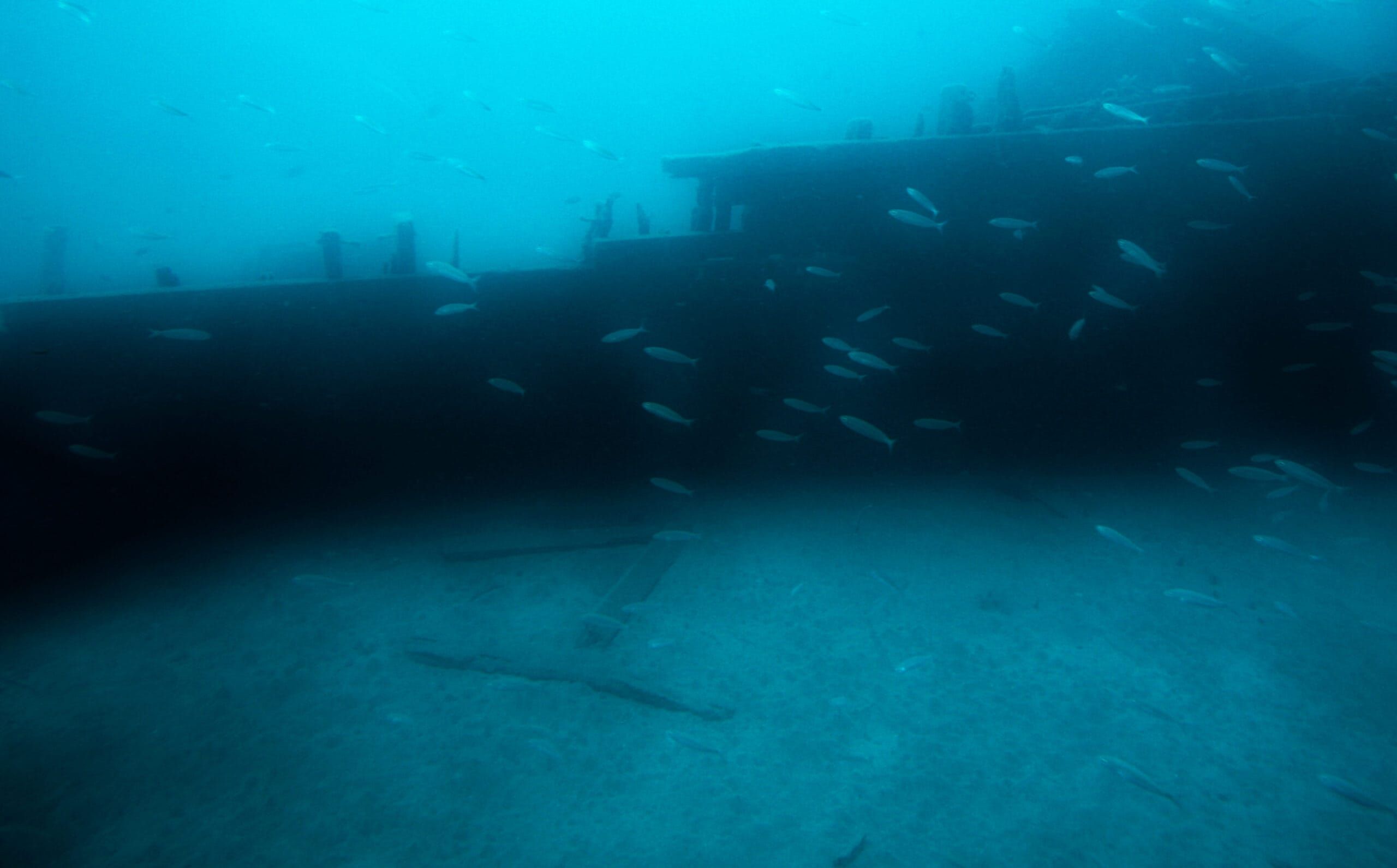
If successful, the rescue operation for the submarine that vanished during its mission to explore the wreckage of the Titanic would be recognized as the deepest recovery mission ever attempted.
Alistair Greig, a marine engineering professor at University College London, explained that if the submersible is unable to resurface on its own and has descended to the seabed beyond the continental shelf, the options become extremely limited, as per CNBC.
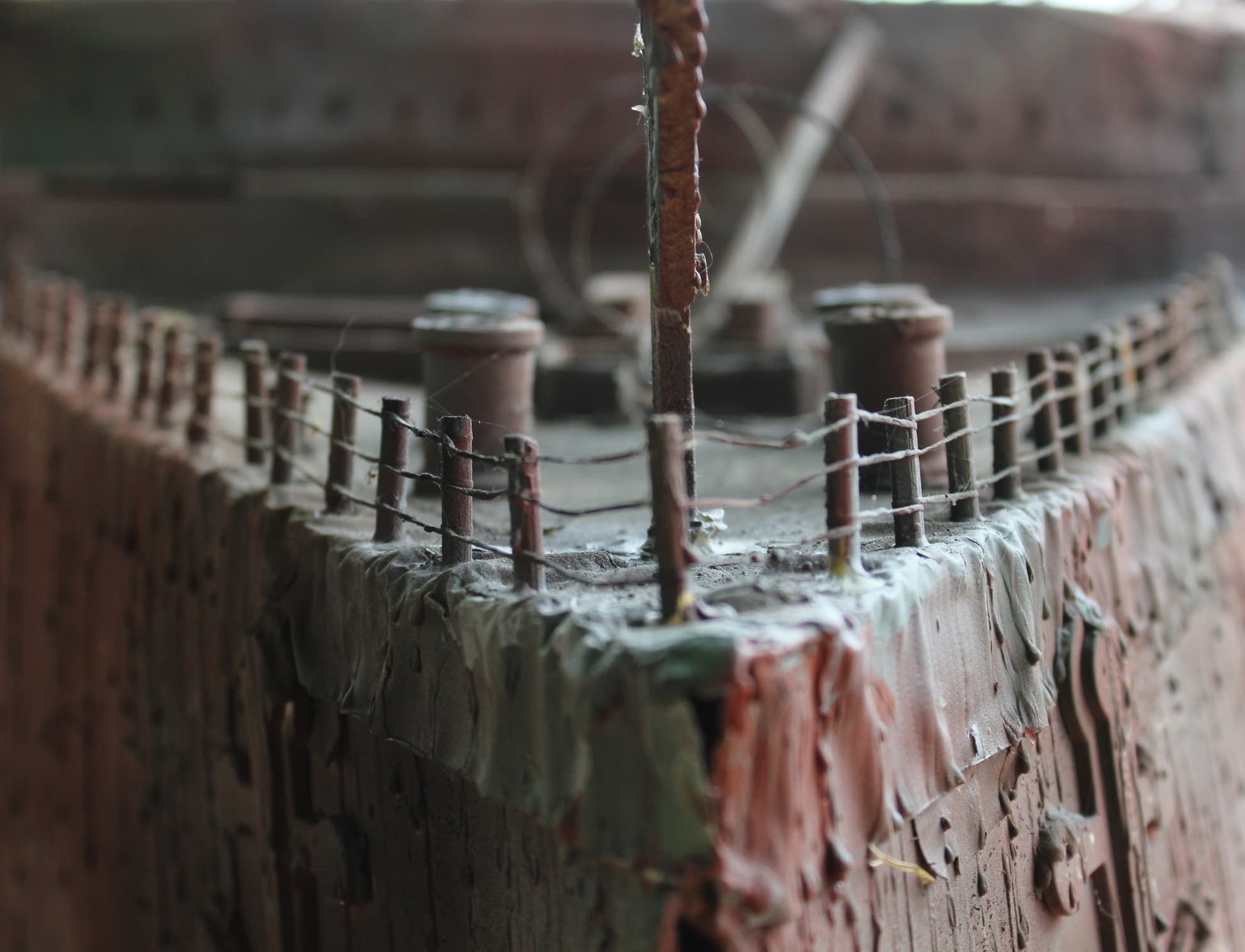
The scarcity of vessels capable of diving to such depths further complicates the rescue operation.
The deepest recorded submersible rescue mission to date occurred in 1973 in the Celtic Sea off the coast of Ireland, at a depth of just 1,575 feet.
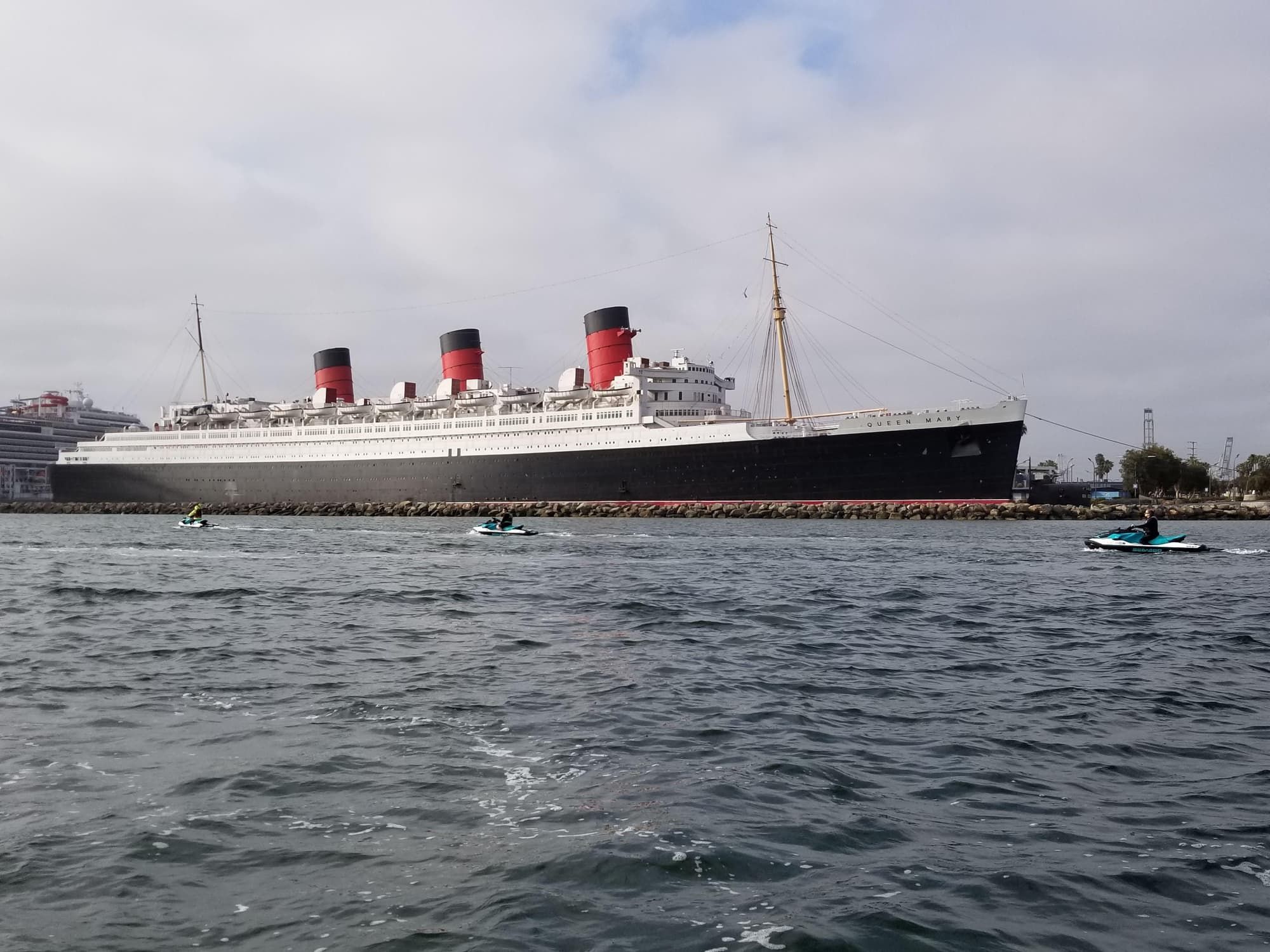
The Canadian commercial submersible Pisces III, which had become trapped on the seabed, was successfully recovered after 76 hours.
Thankfully, both occupants were saved a mere 12 minutes before their oxygen would have been depleted.
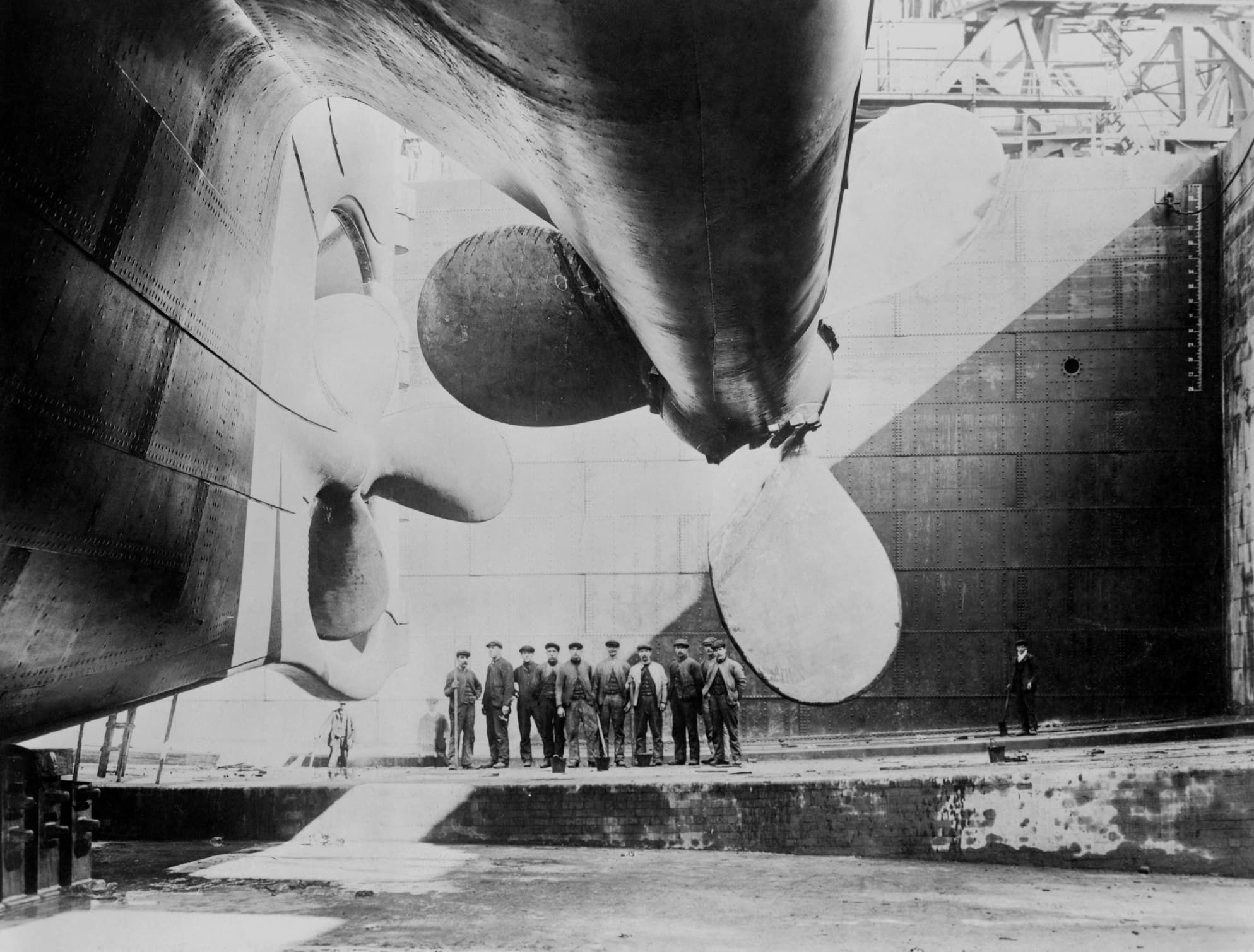
However, experts acknowledge that this presents a far more challenging rescue mission.
Although these noises represent a glimmer of hope, the world still remains cautious.
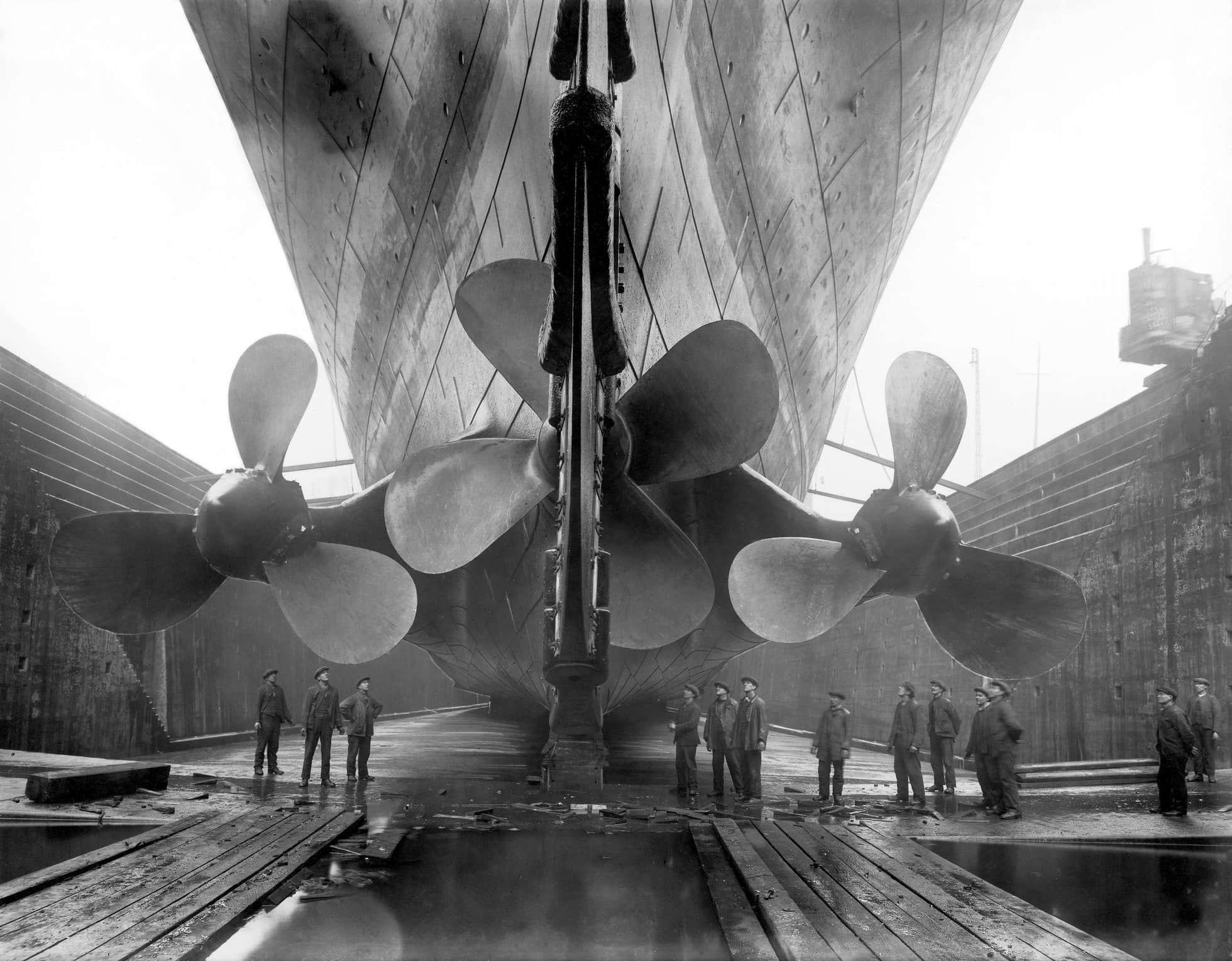
Rear Admiral John Mauger, a commander for the U.S. Coast Guard, acknowledged the challenges of conducting a search in such a remote area but assured the public that all available resources were being deployed to locate the submersible and rescue its occupants.
It’s also been confirmed that the passengers have no way out of the vessel unless they are found.
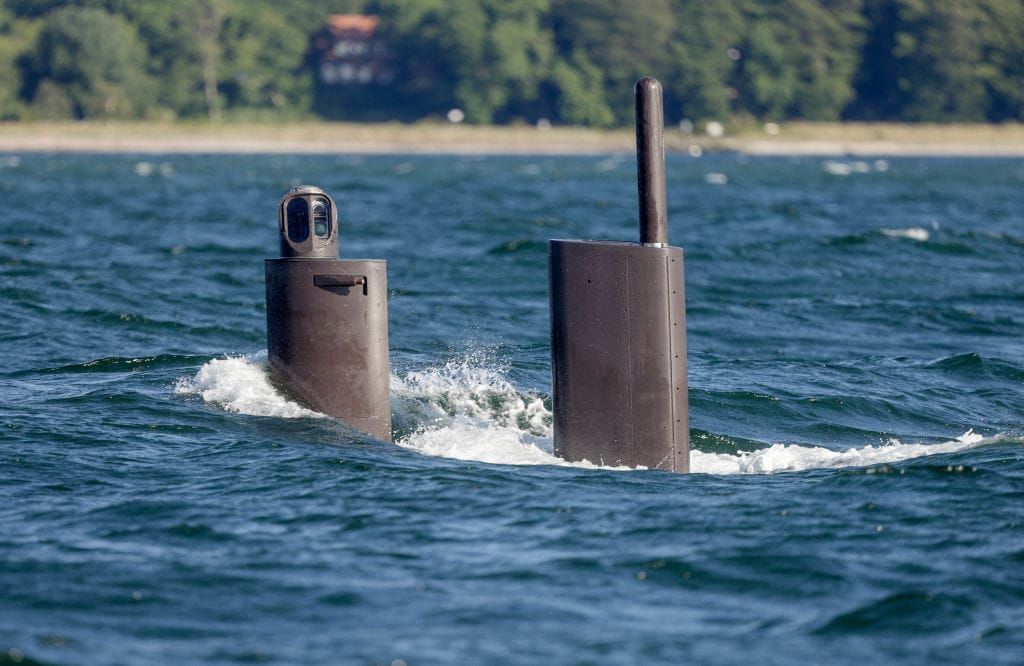
“The crew closes the hatch, from the outside, with 17 bolts. There’s no other way out,” CBS News correspondent David Pogue said in his November report.
Pogue also confirmed to the BBC: “There’s no way to escape, even if you rise to the surface by yourself.”
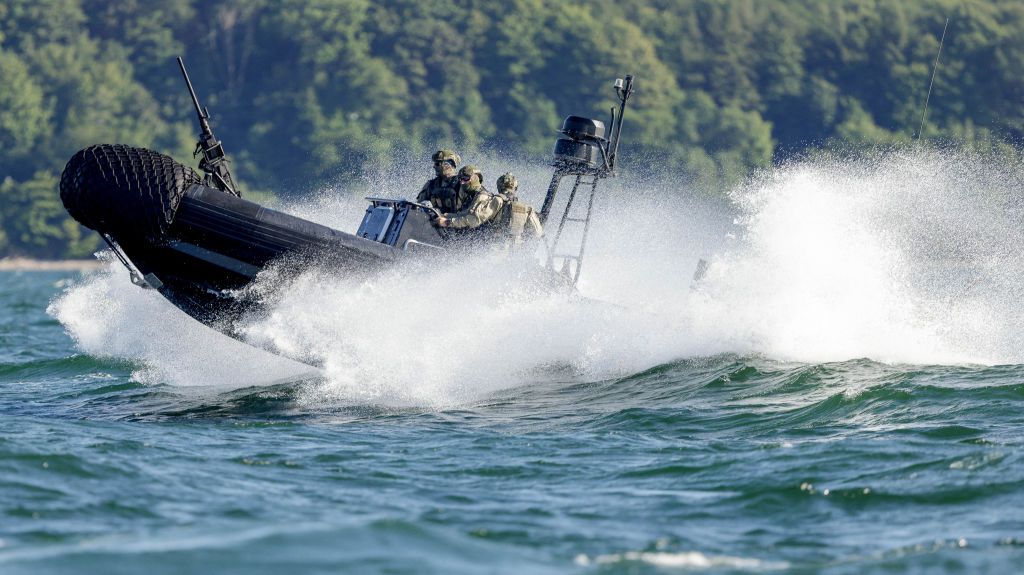
“You cannot get out of the sub without a crew on the outside letting you out.”
A friend of Hamish Harding has spoken out against Ocean Gate.

Chris Brown told The Sun he was concerned the company was cutting corners.
Chris said: “I found out they used old scaffolding poles for the sub’s ballast.”
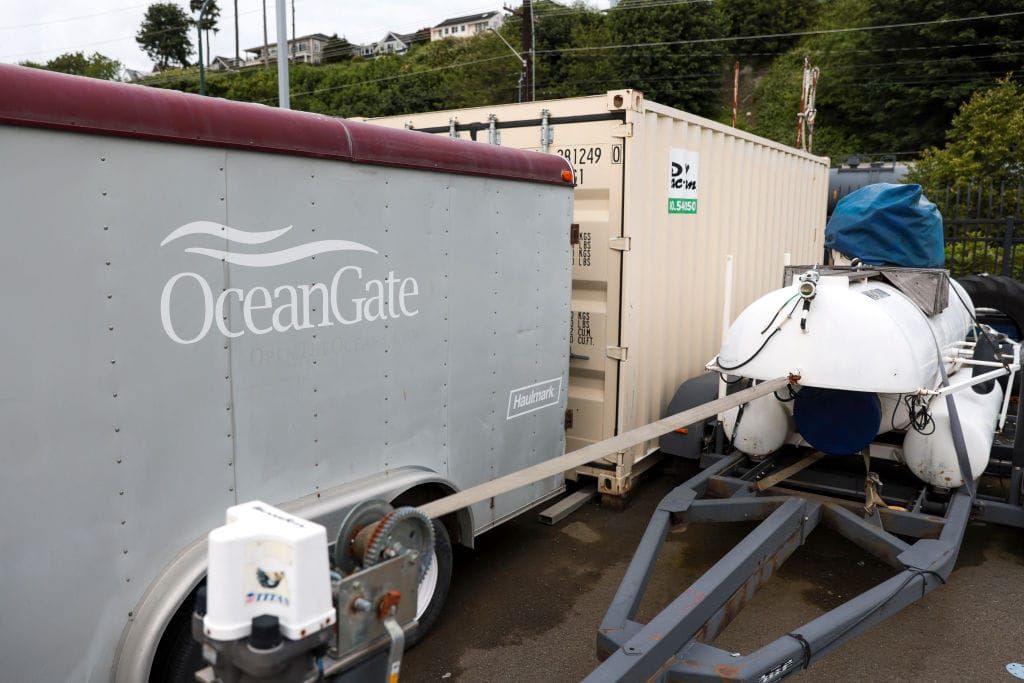
“If you’re trying to build your own submarine you could probably use old scaffold poles. But this was a commercial craft.”
“Eventually I emailed them and said, ‘I’m no longer able to go on this thing’. I asked for a refund after being less than convinced.”

He concluded: “We decided the risks were too high in this instance, even though I’m not one to shy away from risk.”
And now, a former Navy psychologist has opened up about what’s likely going on within the vessel.
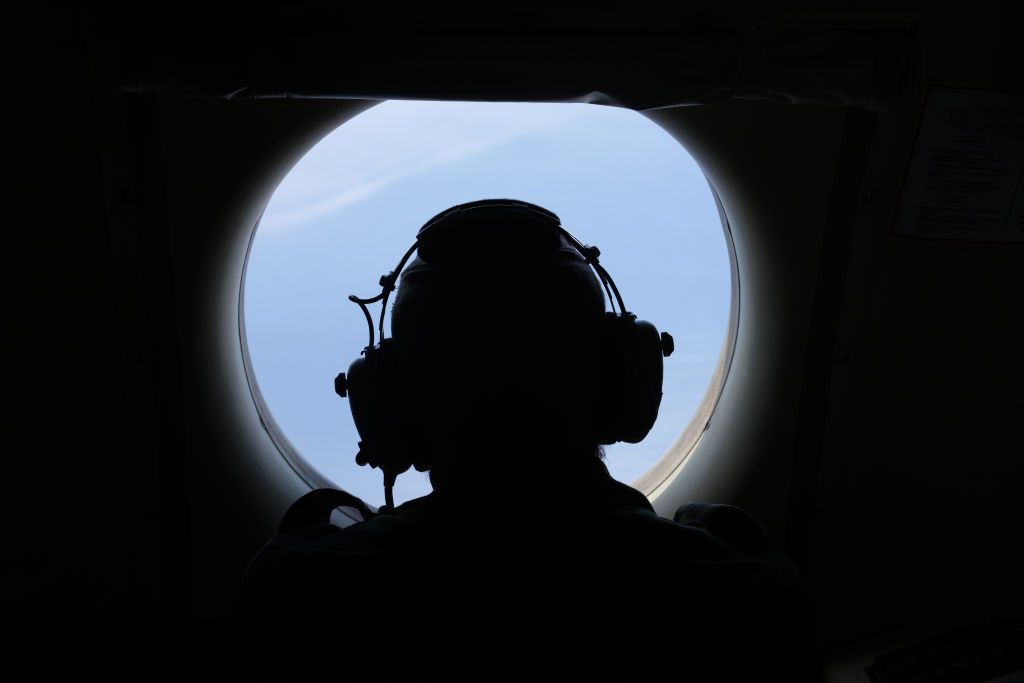
“There is sheer panic where their heart is racing and they’re having trouble breathing or feeling like they cannot catch a breath and/or they feel like they are going to lose their mind,” Dr. Justin D’Arienzo told Fox News. “And certainly in a cramped space that is dark like this situation that can be exponentially worse.”
“I think they are moving in and out of phases of panic to gallows humor to fear to feeling really bonded with the other passengers that are with them.”
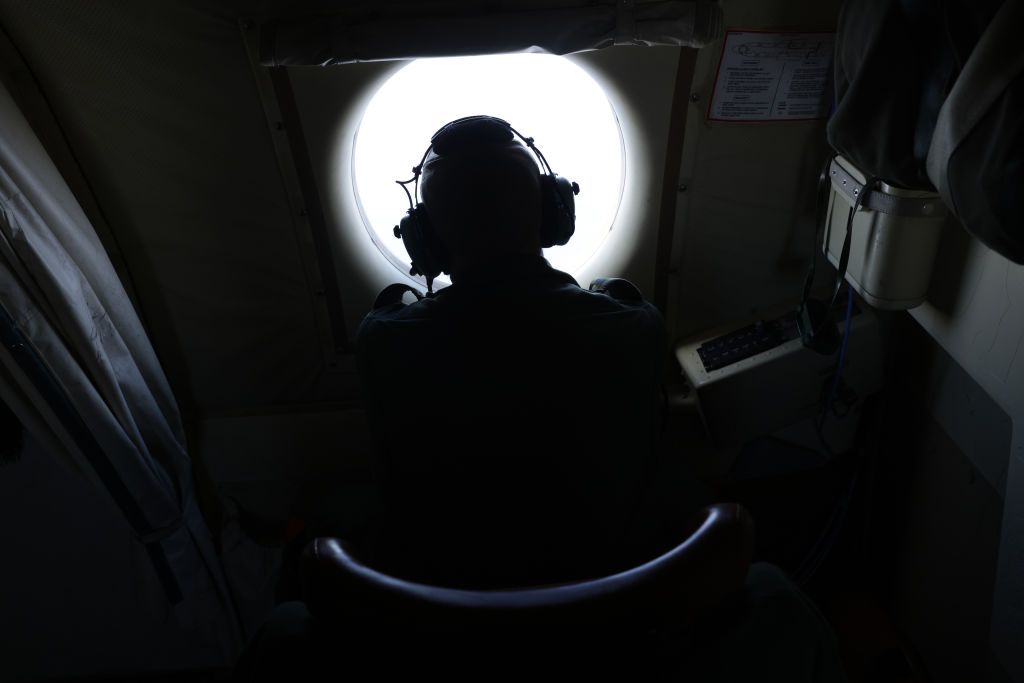
“So there’s just lots of probably lots of significant mood swings but hopefully I would imagine that the submarine captain that’s there that’s guiding them has a lot of experience doing this type of work and is trying to keep the crew calm and in the moment and light and really focusing on hope and trusting that the coast guard and other professionals will find them.”
“Psychologically, what is the killer for people in terms of maintaining calmness is dealing with uncertainty whether it’s the people in the submarine or the families at home right and that’s why it’s really important to be able to surrender to that lack of uncertainty and just focus on what you have control of.”
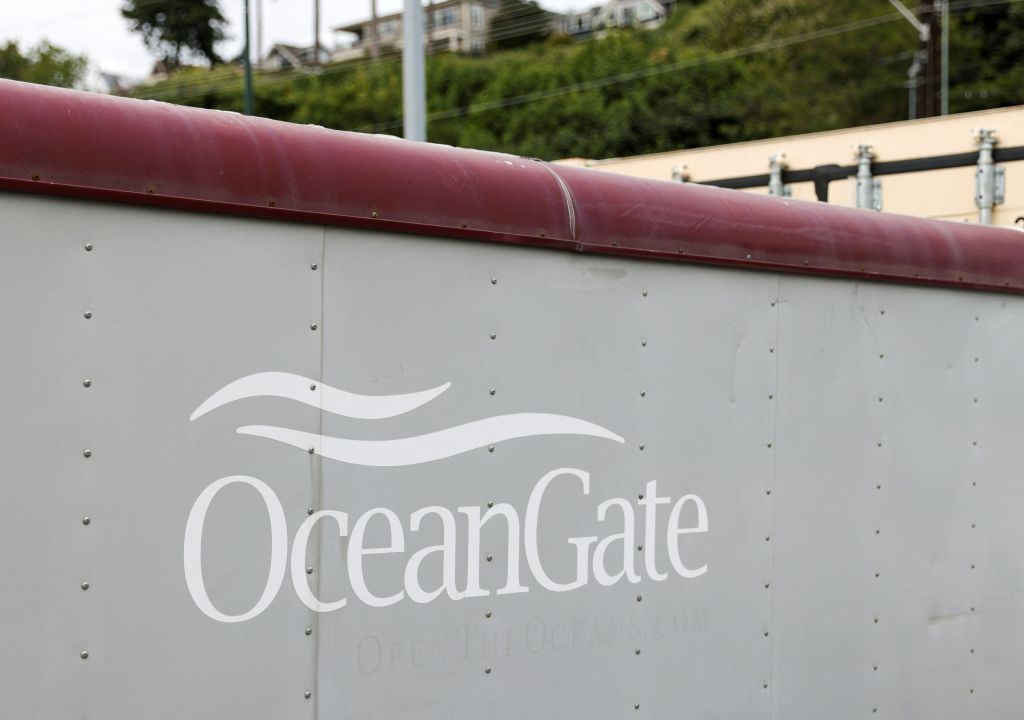
“And what those people have control of on that submarine is remaining calm and getting to know each other and trying but also trying not to talk too much so they’re not using up any oxygen and also not being excited or scared because again that is using up even more oxygen.”
An old interview with Stockton Rush, the CEO of OceanGate has resurfaced.

In which he explained the system was run with an old-fashioned game controller.
“We only have one button, that’s it. It should be like an elevator, it shouldn’t take a lot of skill,” Rush said.

“We run the whole thing with this game controller.”
Ex-OceanGate passenger Mike Reiss has revealed all about his experiences on the vessel.
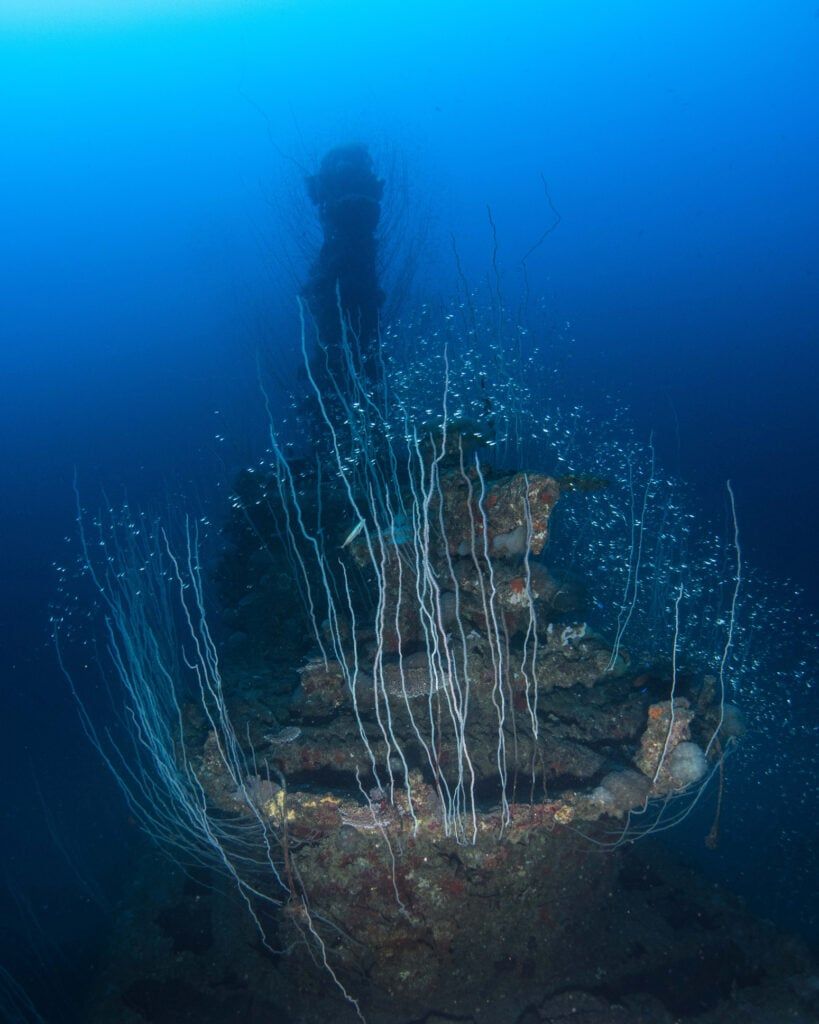
“He knew this was very dangerous,” Reiss’ wife, Denise, told The Post. “Even in the most dire situations, he has a joke.”
“Death is always lurking, it’s always in the back of your mind,” Reiss confirmed.

“Before you even get on the boat, there’s a long, long waiver that mentions death three times on page one.”
“It’s like if you took a minivan and took all the seats out, that’s the amount of space you have,” Reiss continued.
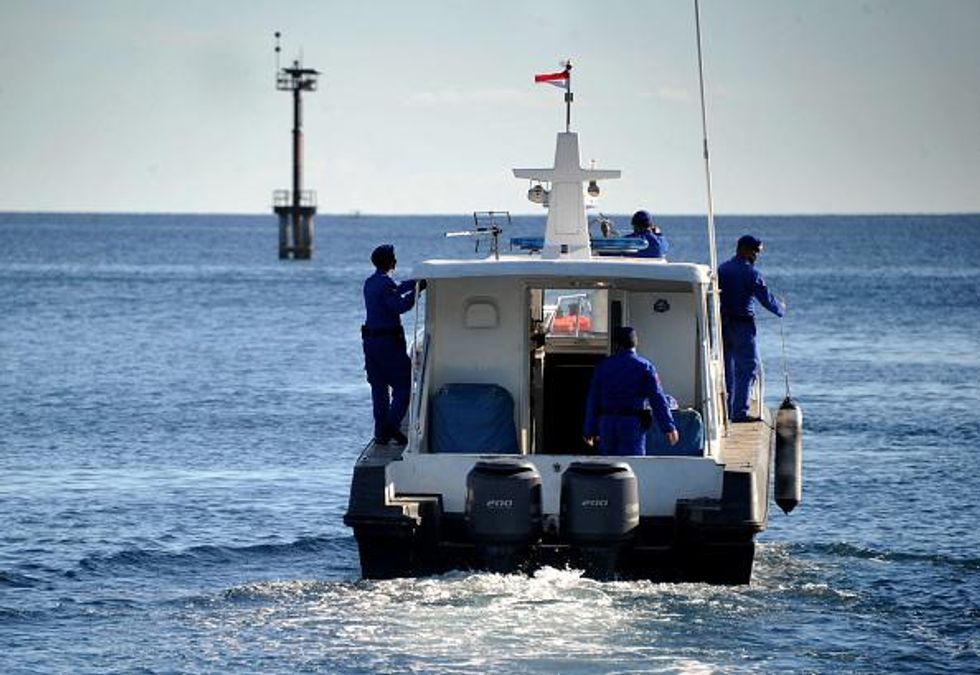
“It’s sort of beautifully designed inside, it feels sort of like a waiting room at a spa, quiet and comfortable.”
“The sub is very, very simple.”

“You basically push it in the water and it sinks like a stone. So, it hits bottom and then you sail around and you’re sort of powered by engines that look like desktop fans.”
“So, it’s super simple technology, which is very calming,” he joked.
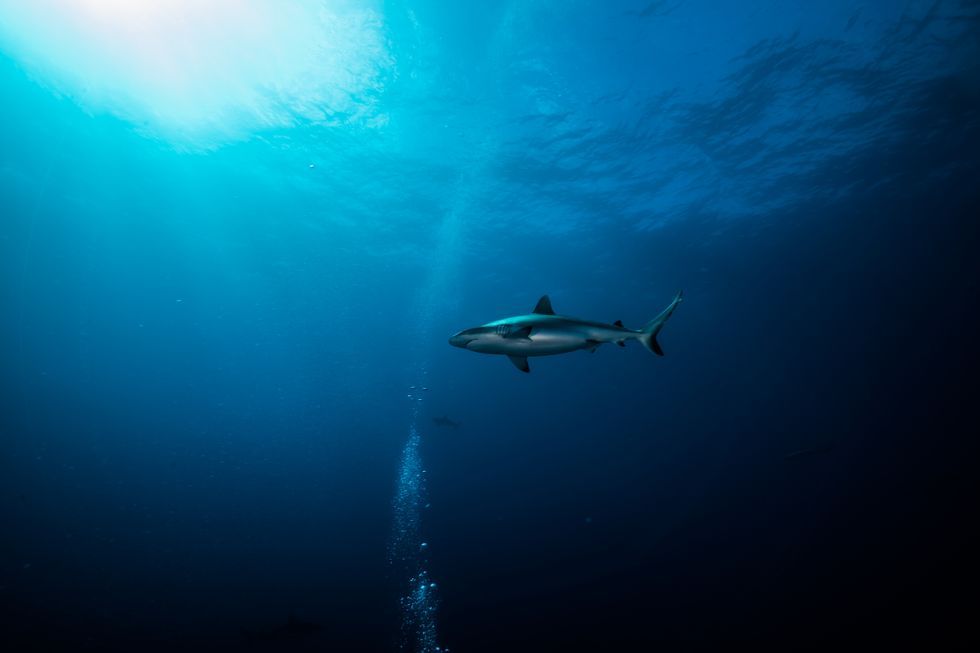
“It’s not high-tech.”
“That’s just the luck of the draw. That’s what you got.”

“And you’re at the mercy of weather, and water and technical problems.”
“It’s definitely being invented as it goes along,” he said.

“I don’t want to disparage it, but it reminds me of the early days of aviation or the space program, where a lot of thought goes into it and then they find a problem.
“The idea that they could be just sitting there lost and waiting for time to run out?”

“That’s a very scary thought.”
“It’s a very tiny vessel in a very big ocean,” he concluded.

“It is built to go where no other vessel to go, so if it’s stuck on the bottom of the ocean, I can’t foresee a way out.”
As the rescue mission unfolds, the world anxiously awaits news, hoping for a successful recovery operation.
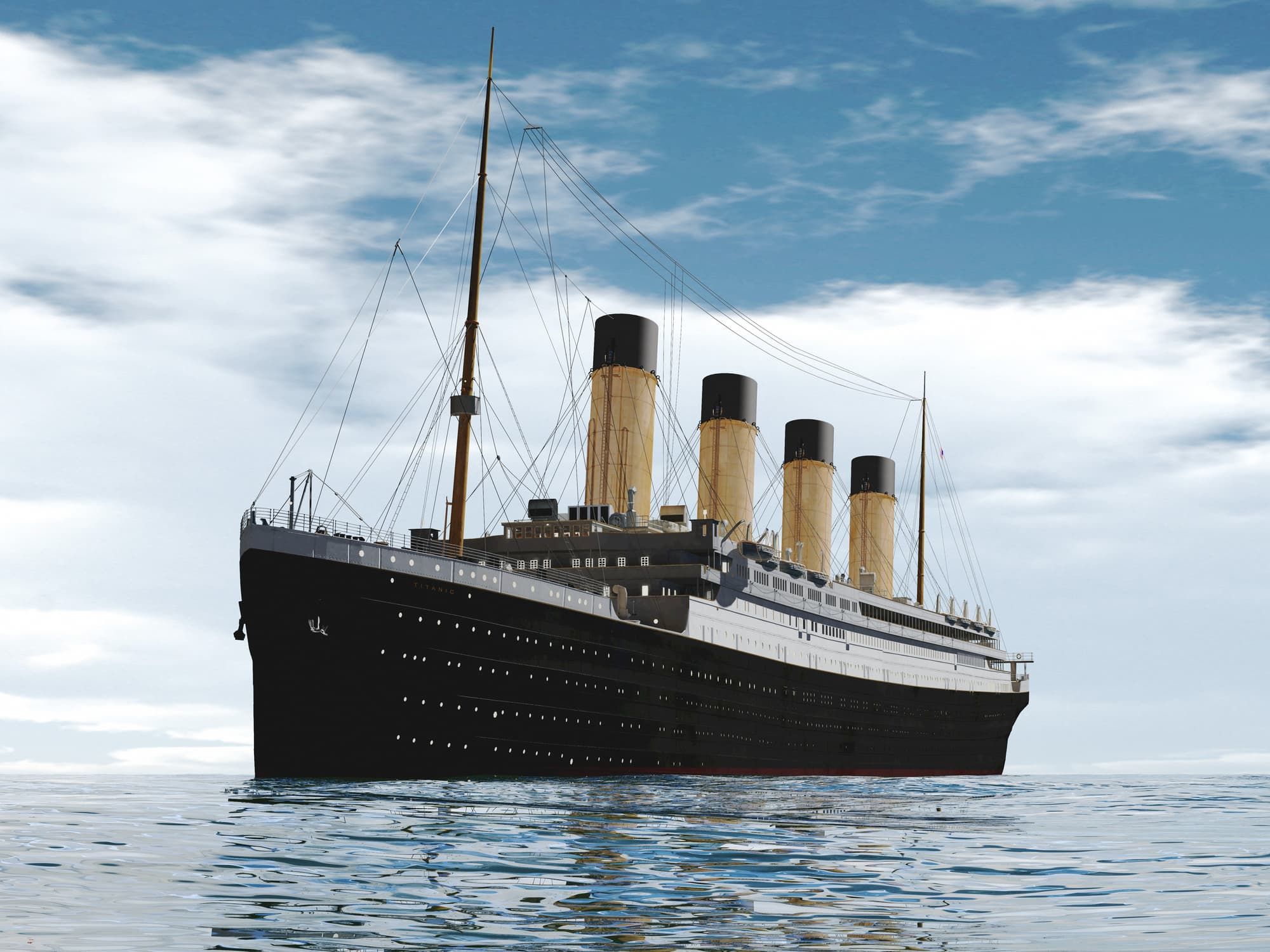
This would not only save lives but also make history as the deepest ever undertaken.
And now, a new sound signal has offered submarine search and rescue expert Frank Owen some hope.
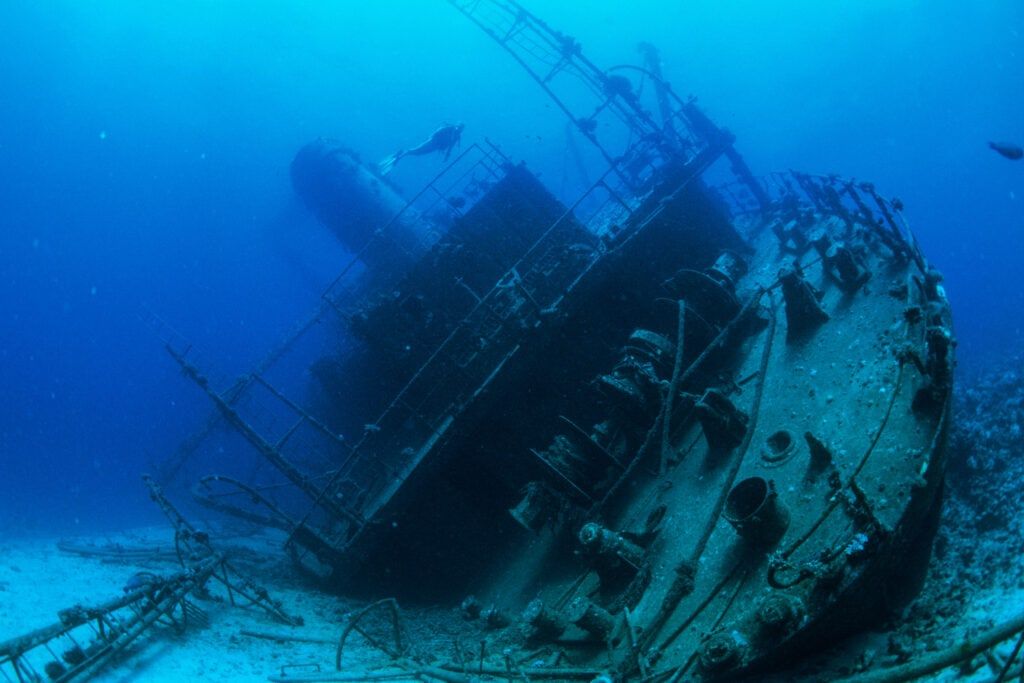
He told the BBC: “Below about 180 meters, the water temperature drops very rapidly. That creates a layer that the [sonar signal] bounces off. But if you’re in the same depth water it tends to go quite straight.”
Dr. Rob Larter of the British Antarctic Survey said “although it’s a desperate situation, there’s hope, and you have to stay optimistic for as long as possible”.
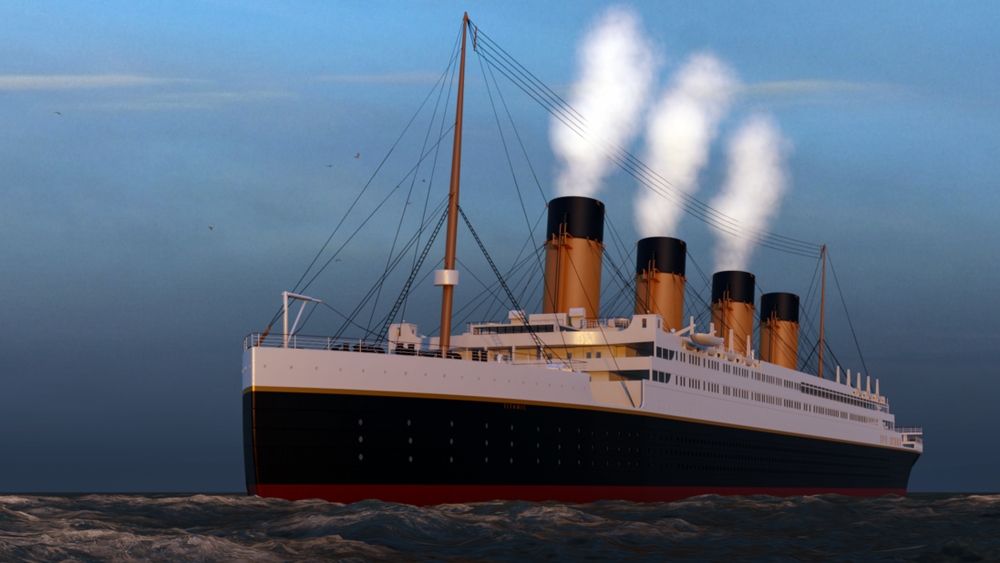
“Every step takes time and time is what we are running out of,” he concluded.
And now Doctor Sohom Das, a British forensic psychiatrist, has offered his view to MailOnline.
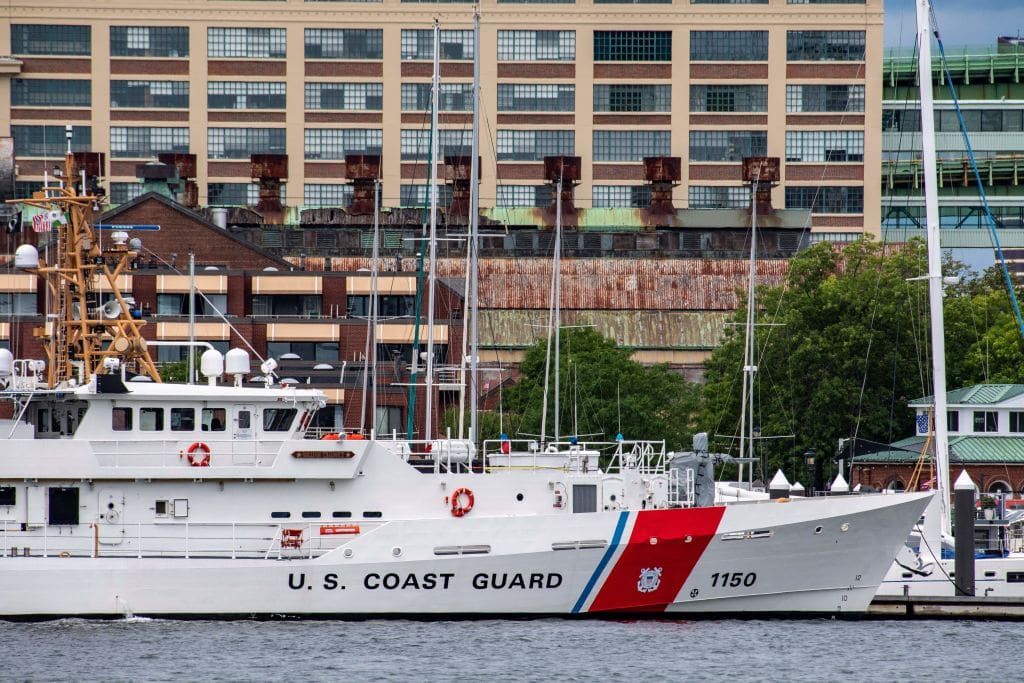
‘I think they must be in just intense emotional turmoil. On the one hand, part of them is still going to be clinging on to hope. There’s going to be a part of them that believes that they will be found and they will be rescued.”
“But I think as time passes, reality is going to seep in.”

“So at some point, they’re going to be quite reflective upon their lives when they’re literally staring into the jaws of death and at other points, they’re likely to feel extremely panicked, extremely anxious.”
Our thoughts are with all those affected by the story.
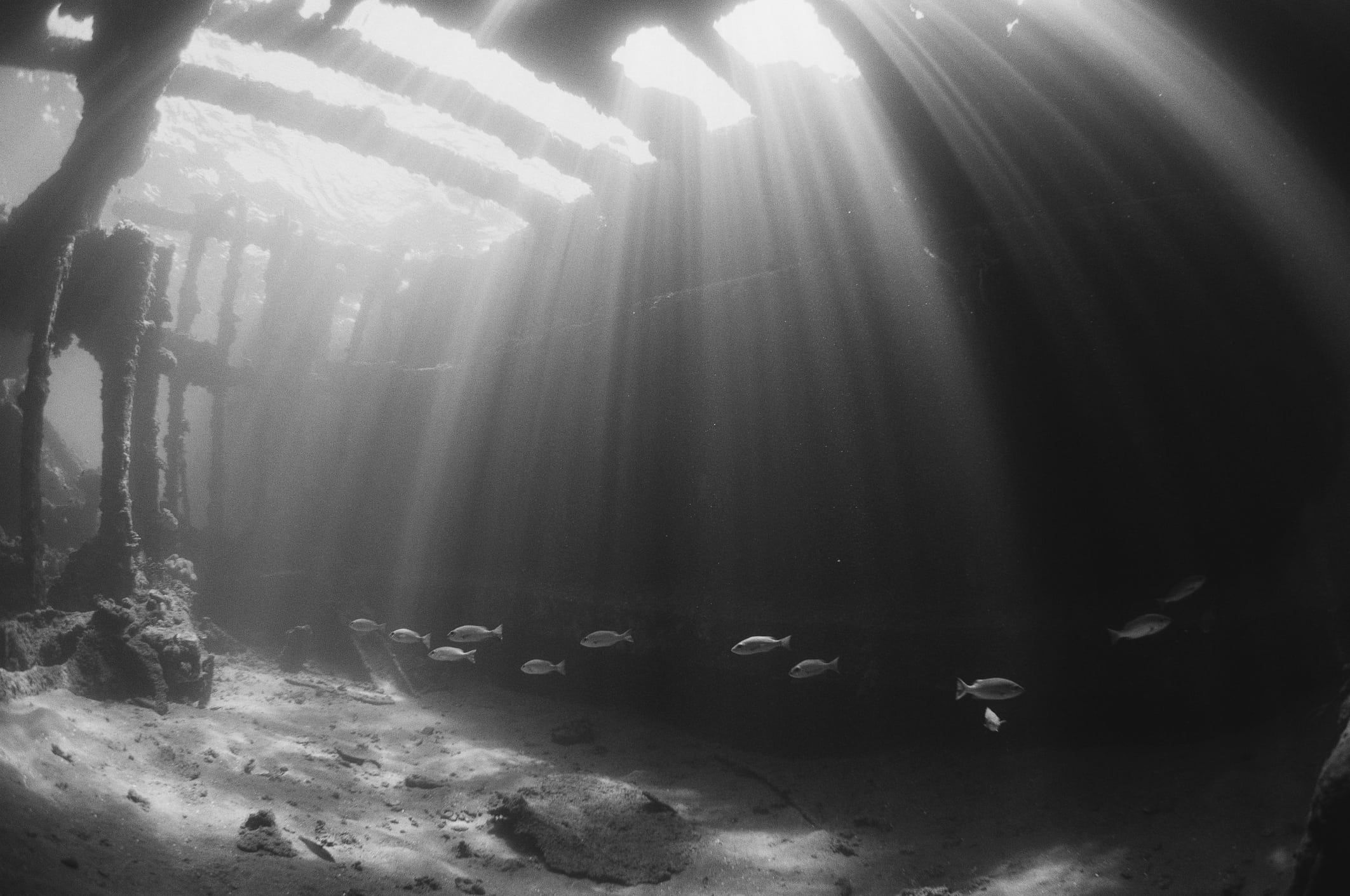
What do you think of the update?
